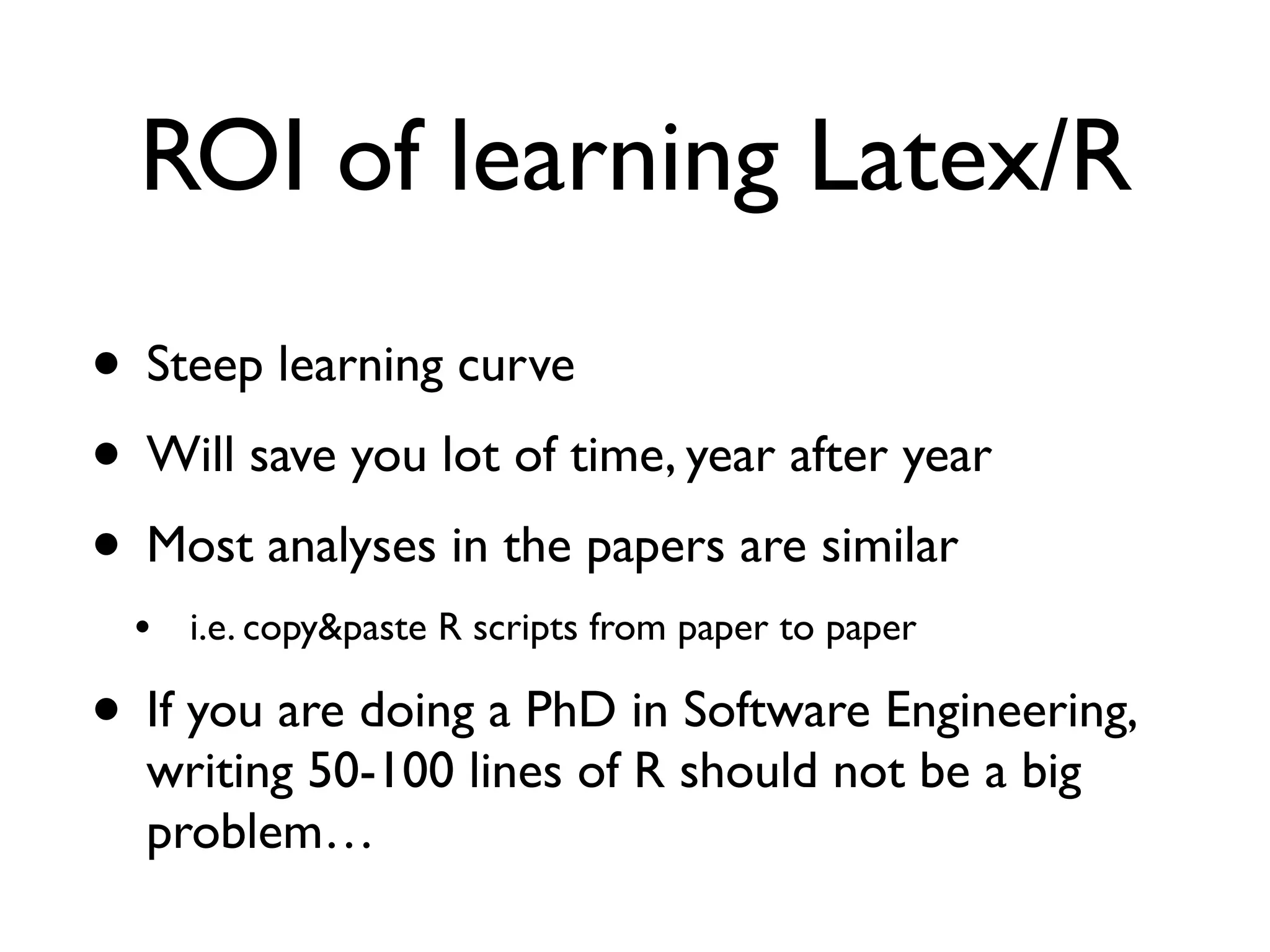This document provides an introduction to statistics, data analysis, and visualization in R and Latex. It discusses why statistics are important for experiments and compares different statistical tests that can be used to analyze data, including the Fisher Exact test, Wilcoxon-Mann-Whitney U-test, and Student's t-test. It also addresses issues around sample sizes and distributions, emphasizing that statistics are useful for handling limited data and determining practical versus statistical significance.
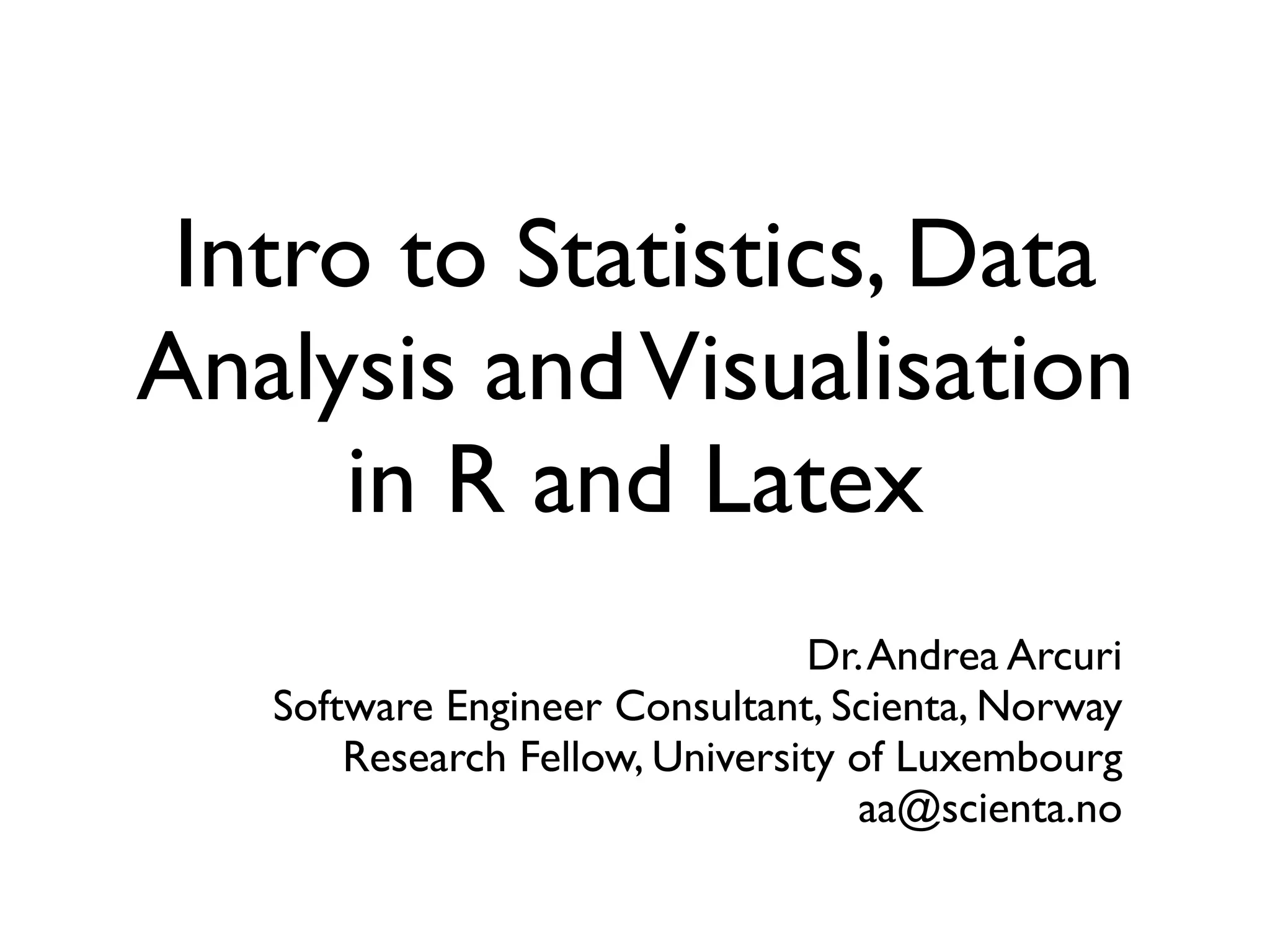
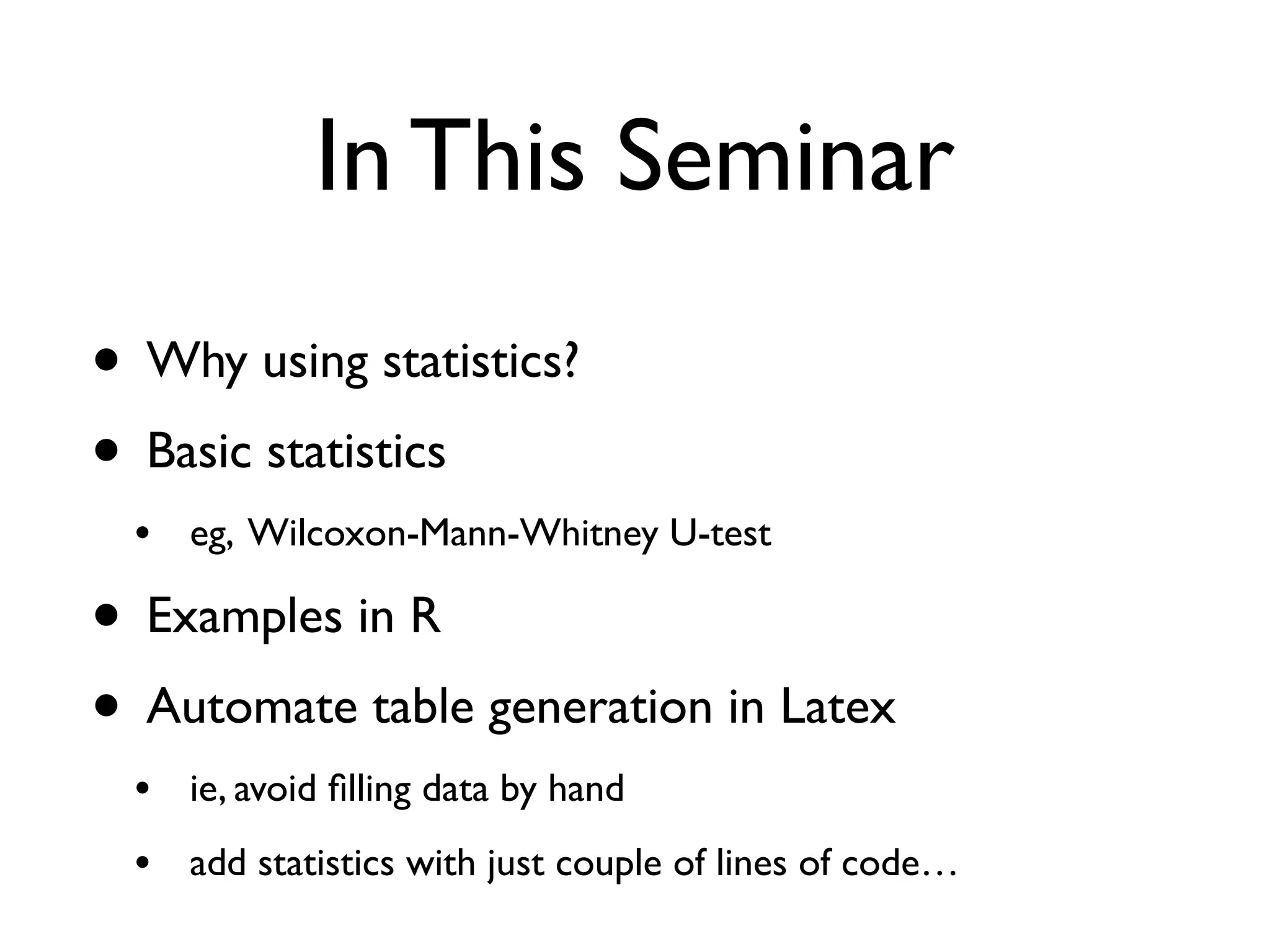

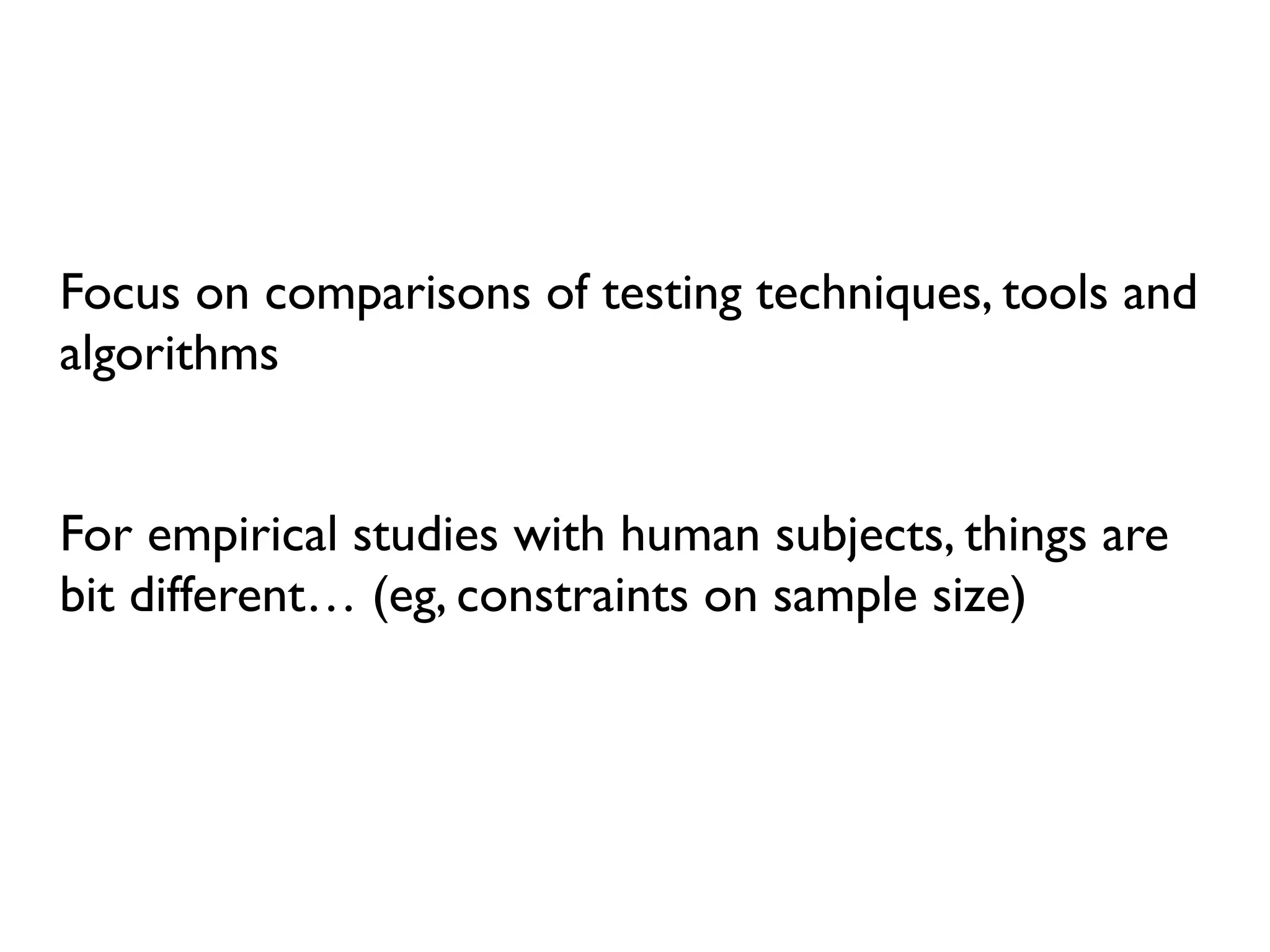
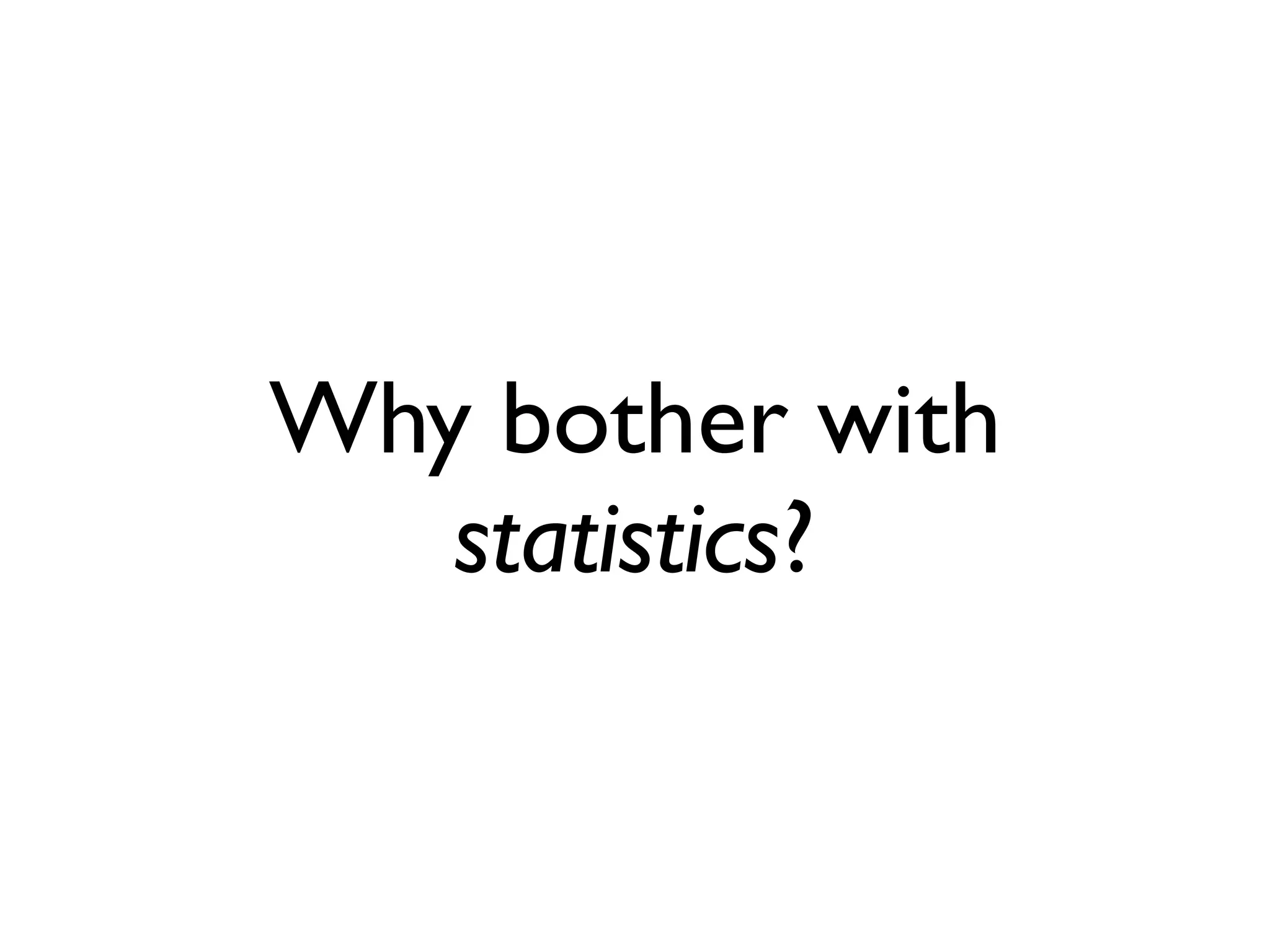
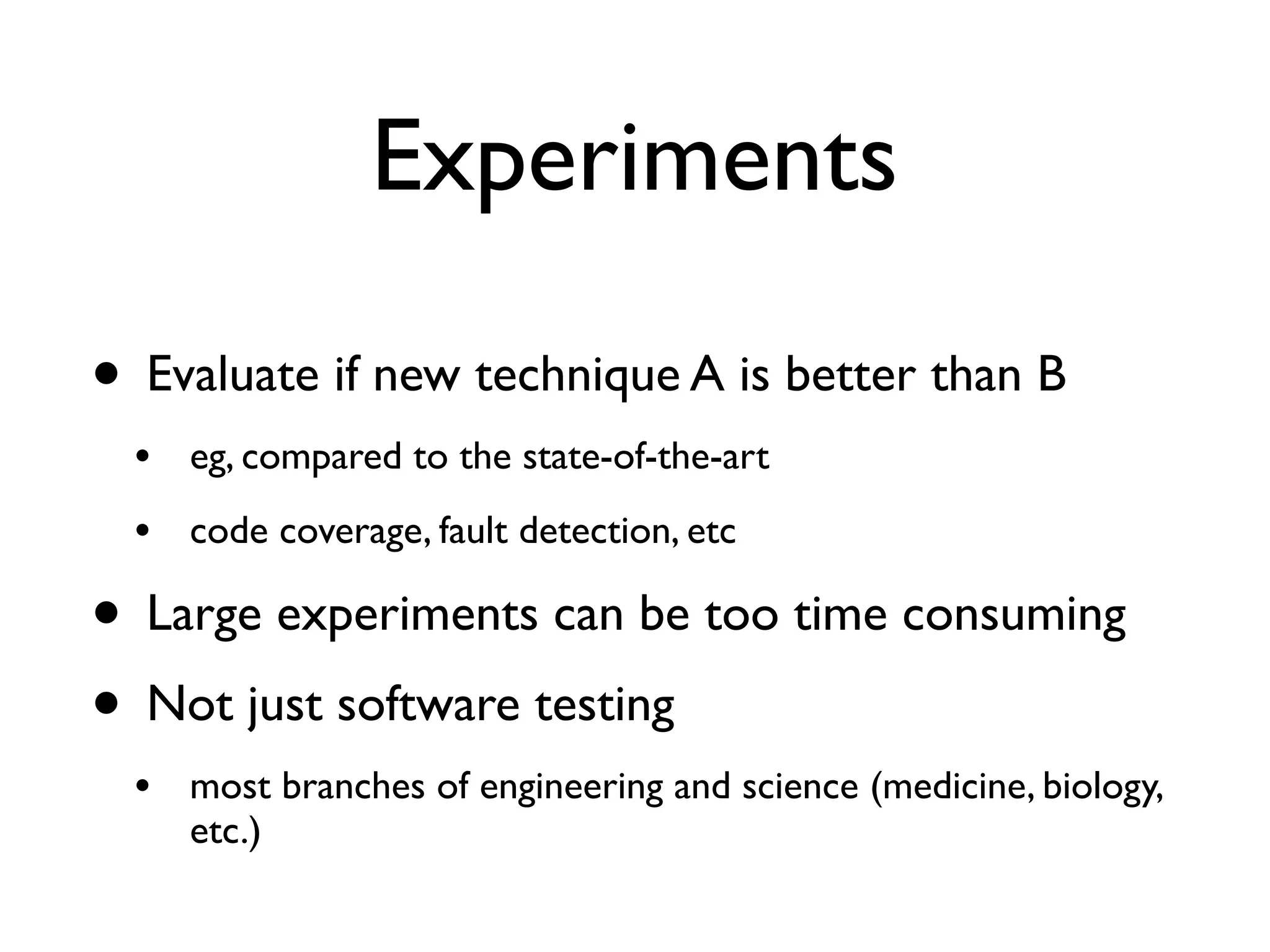
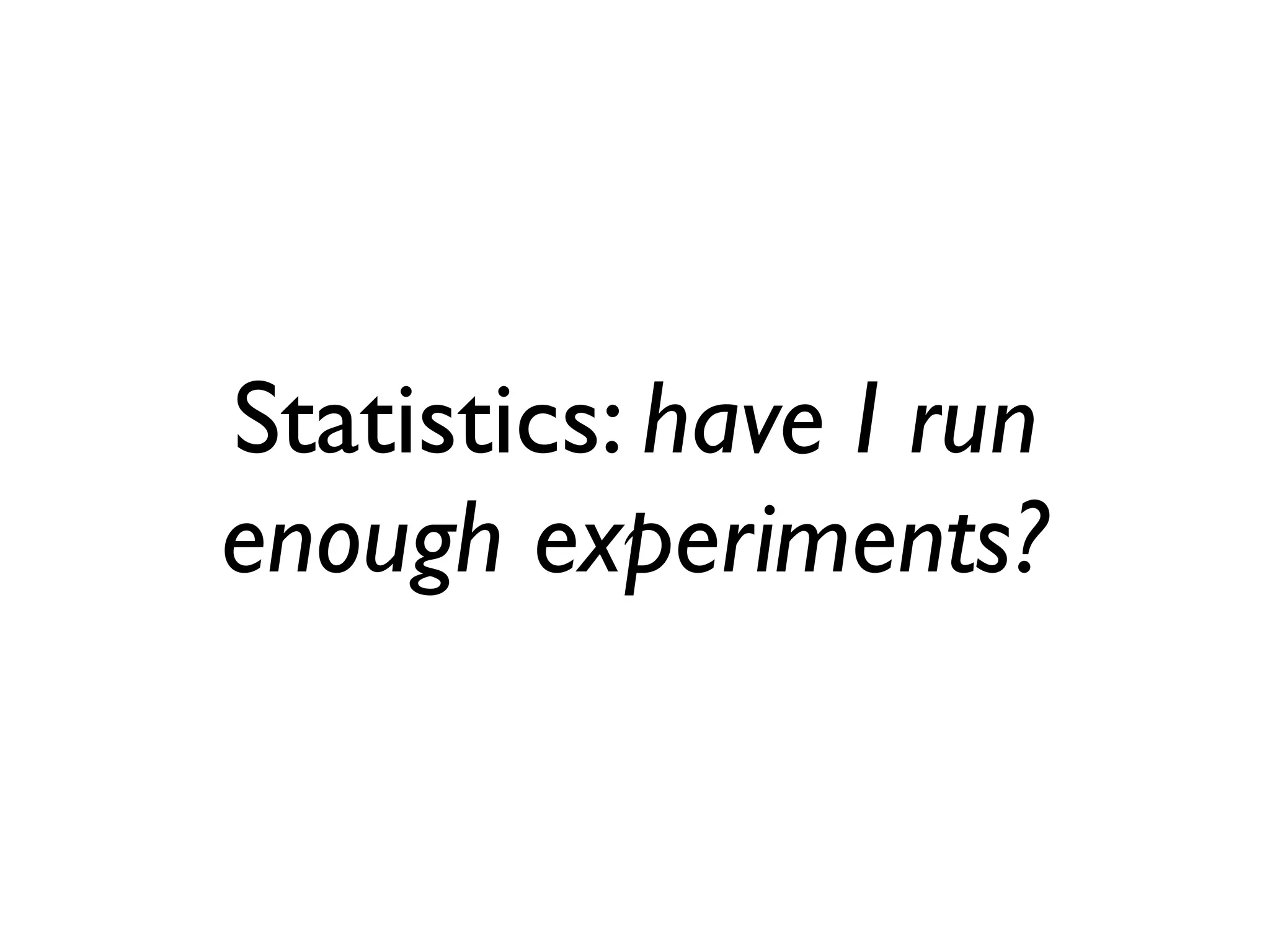


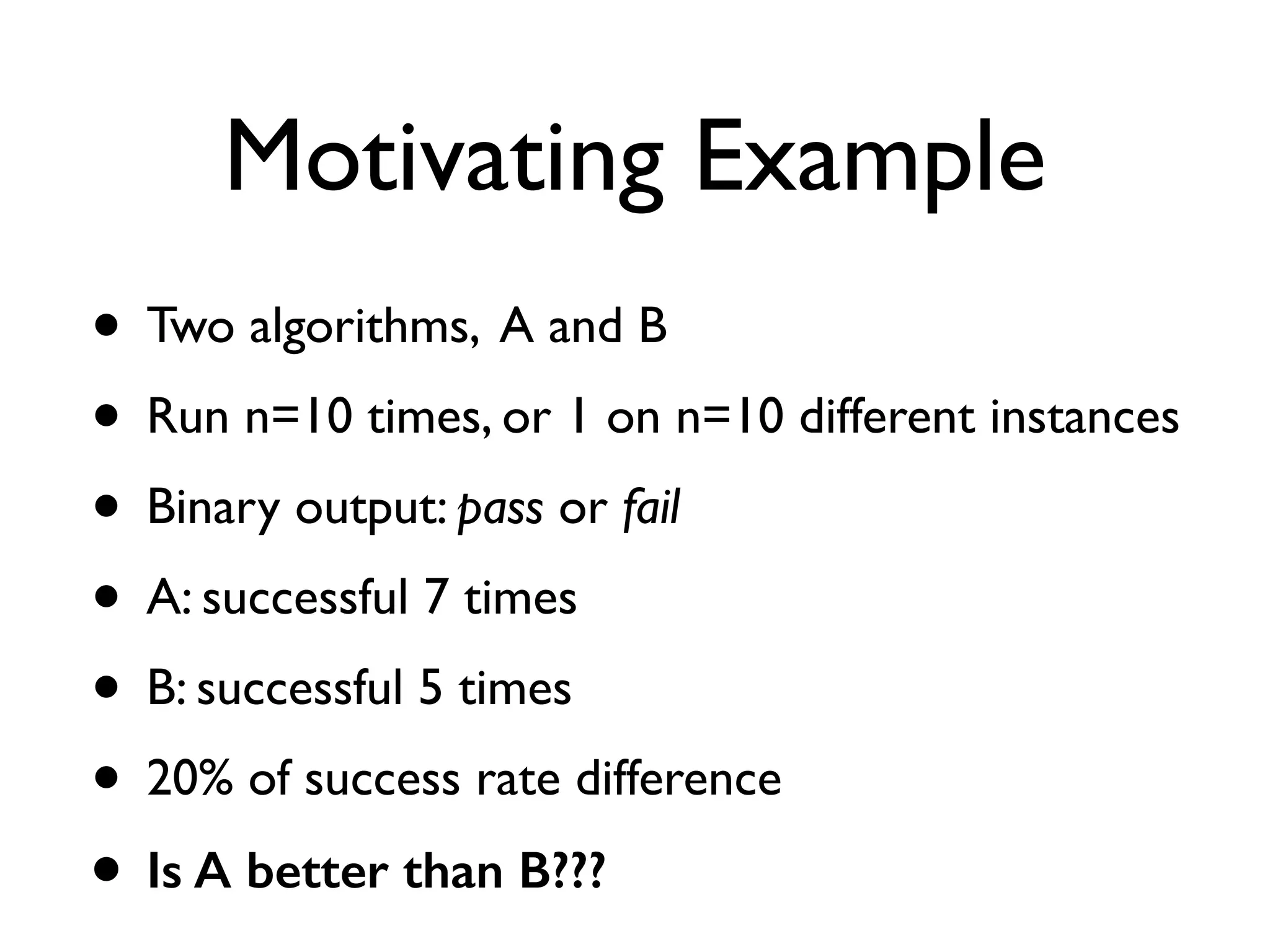
![Probability
• Probability p in [0,1] of:
• a successful run in a randomised algorithm
• sampling/choosing an instance for which algorithm is successful
• k successes out of n runs/instances
• n-k failures
• order of k and n-k does not matter
• estimated success rate of p: r=k/n
• for n to infinite, r would converge to p](https://image.slidesharecdn.com/issta2016-160720070654/75/ISSTA-16-Summer-School-Intro-to-Statistics-11-2048.jpg)




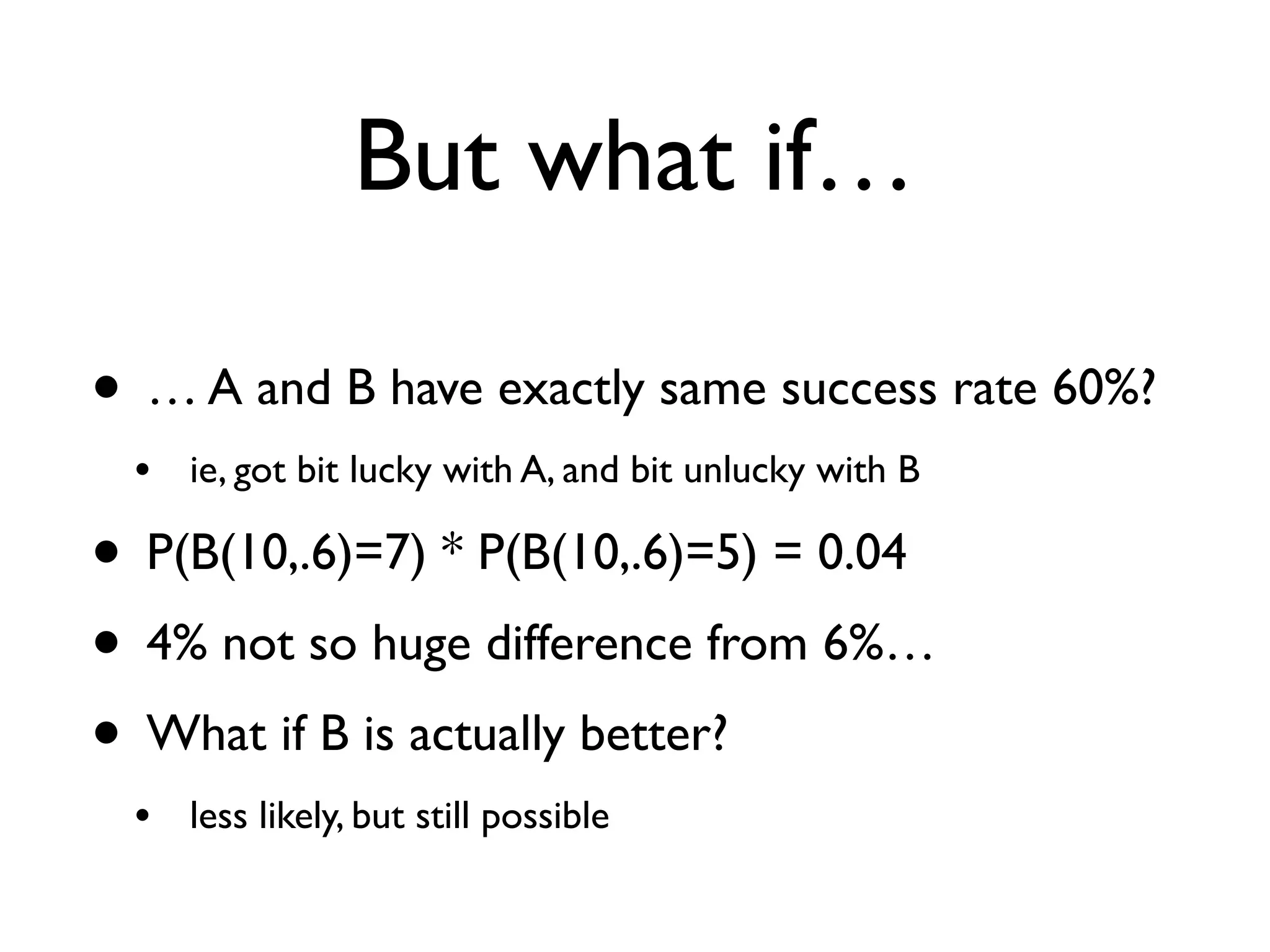








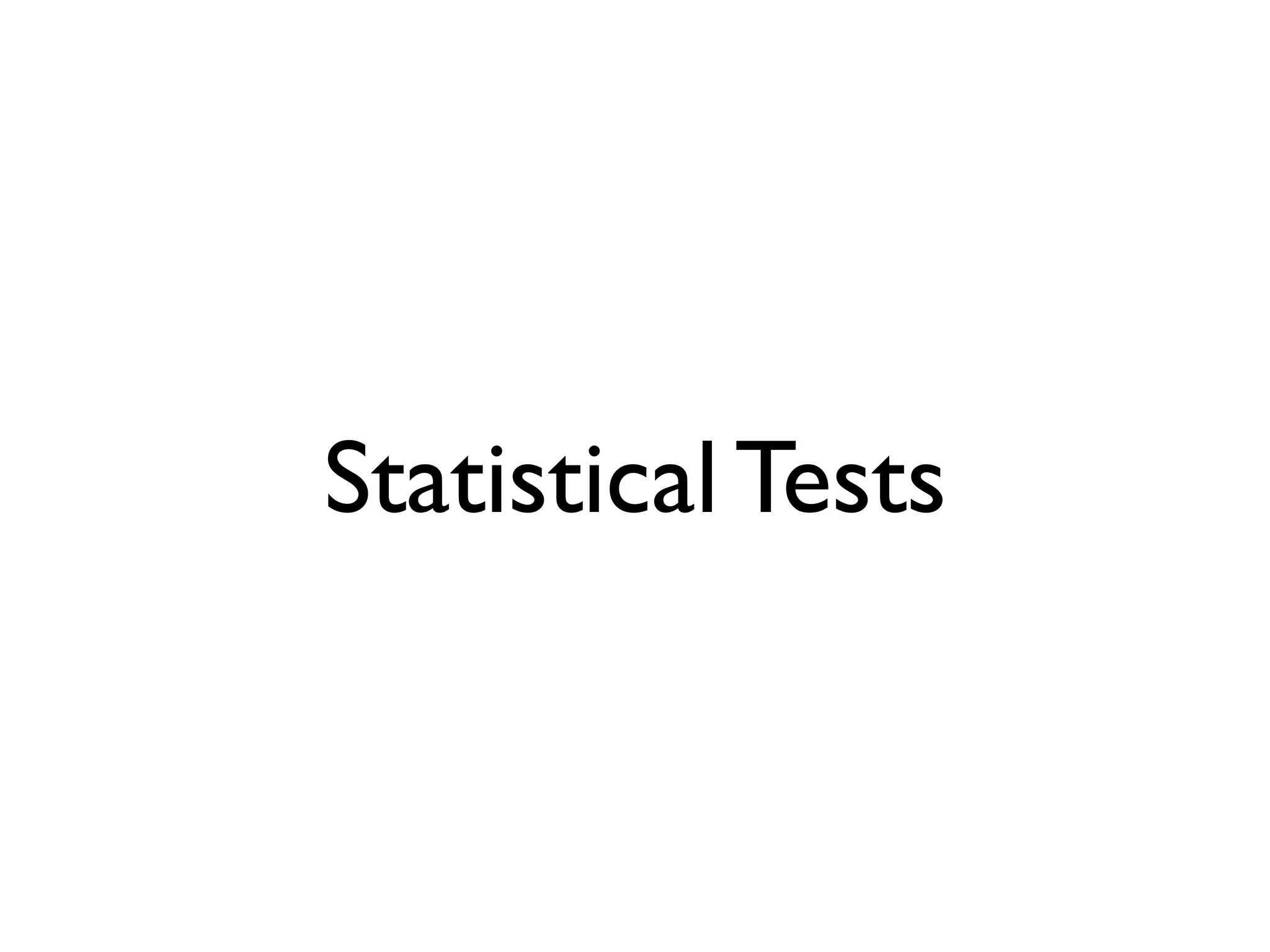



![More than 100 years old
• Student [W. S. Gosset]. The probable error of a
mean. Biometrika, 1908
• about t-test:“three times the probable error in the normal curve,
for most purposes, would be considered significant”
• Fisher, R.A. Statistical methods for research workers.
Edinburgh: Oliver & Boyd, 1925.
• just rounding 0.0456 to 0.05
• “rejection level of 3PE is equivalent to two times the SD (in modern
terminology, a z score of 2)”](https://image.slidesharecdn.com/issta2016-160720070654/75/ISSTA-16-Summer-School-Intro-to-Statistics-29-2048.jpg)




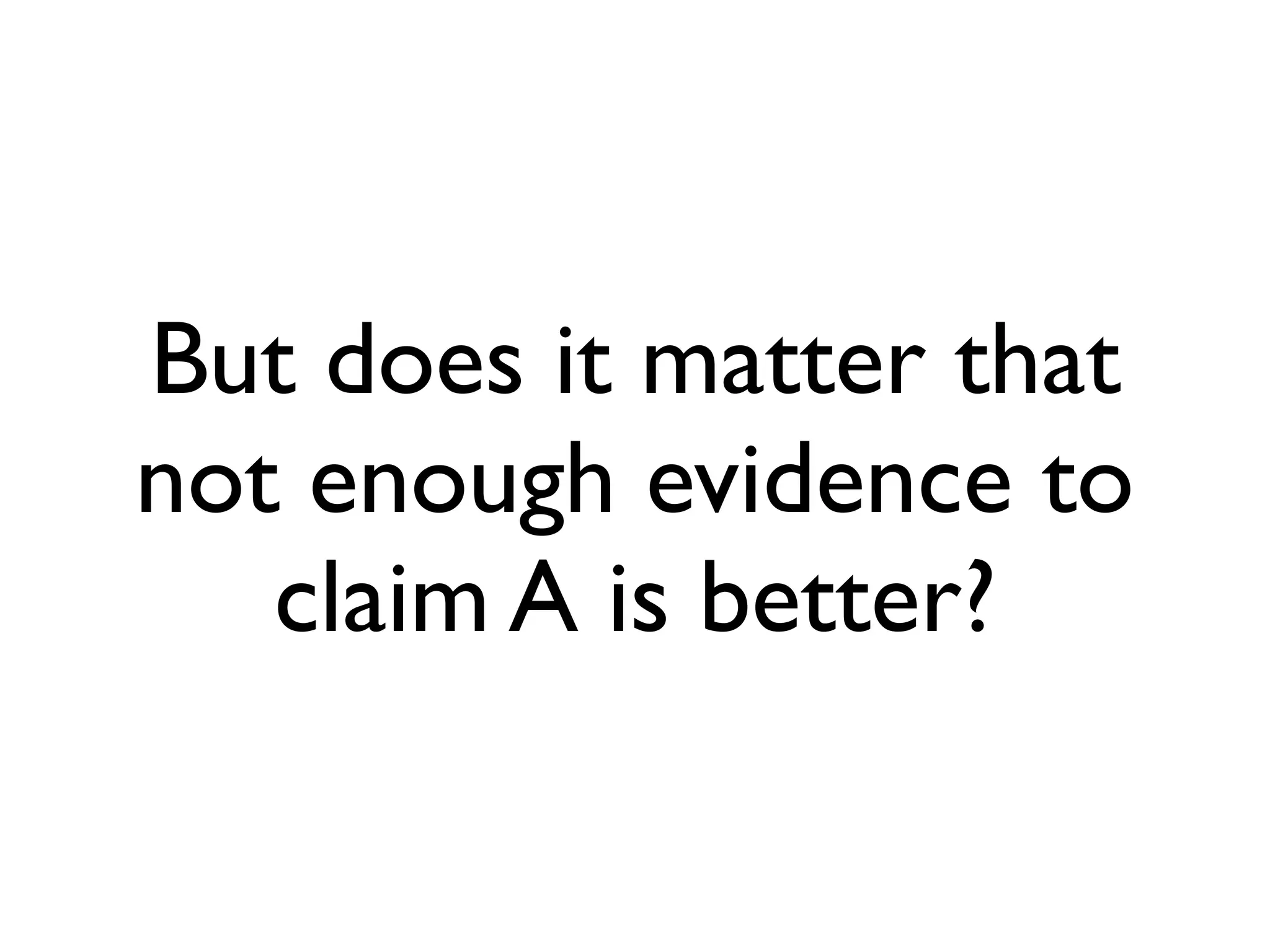




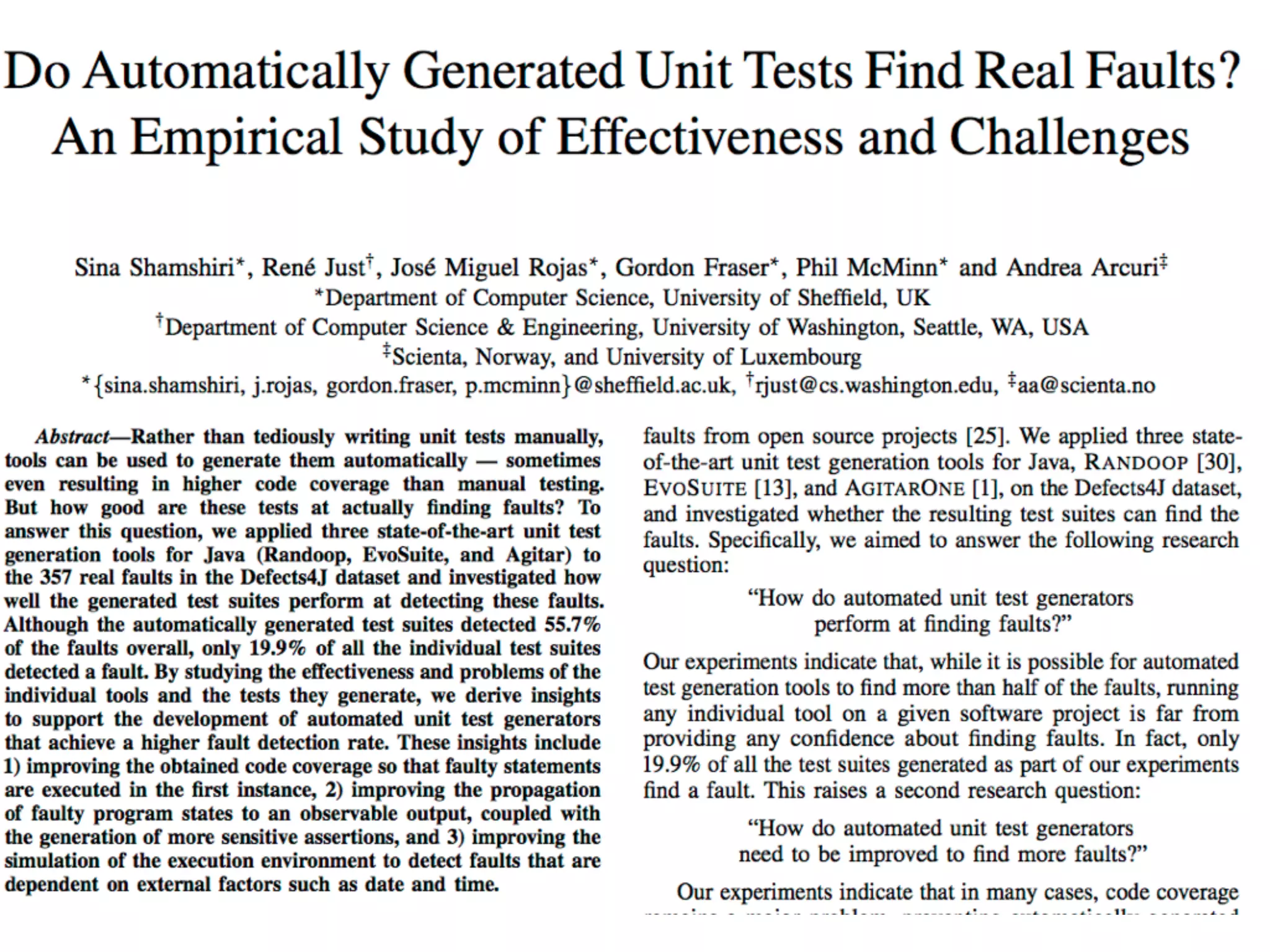


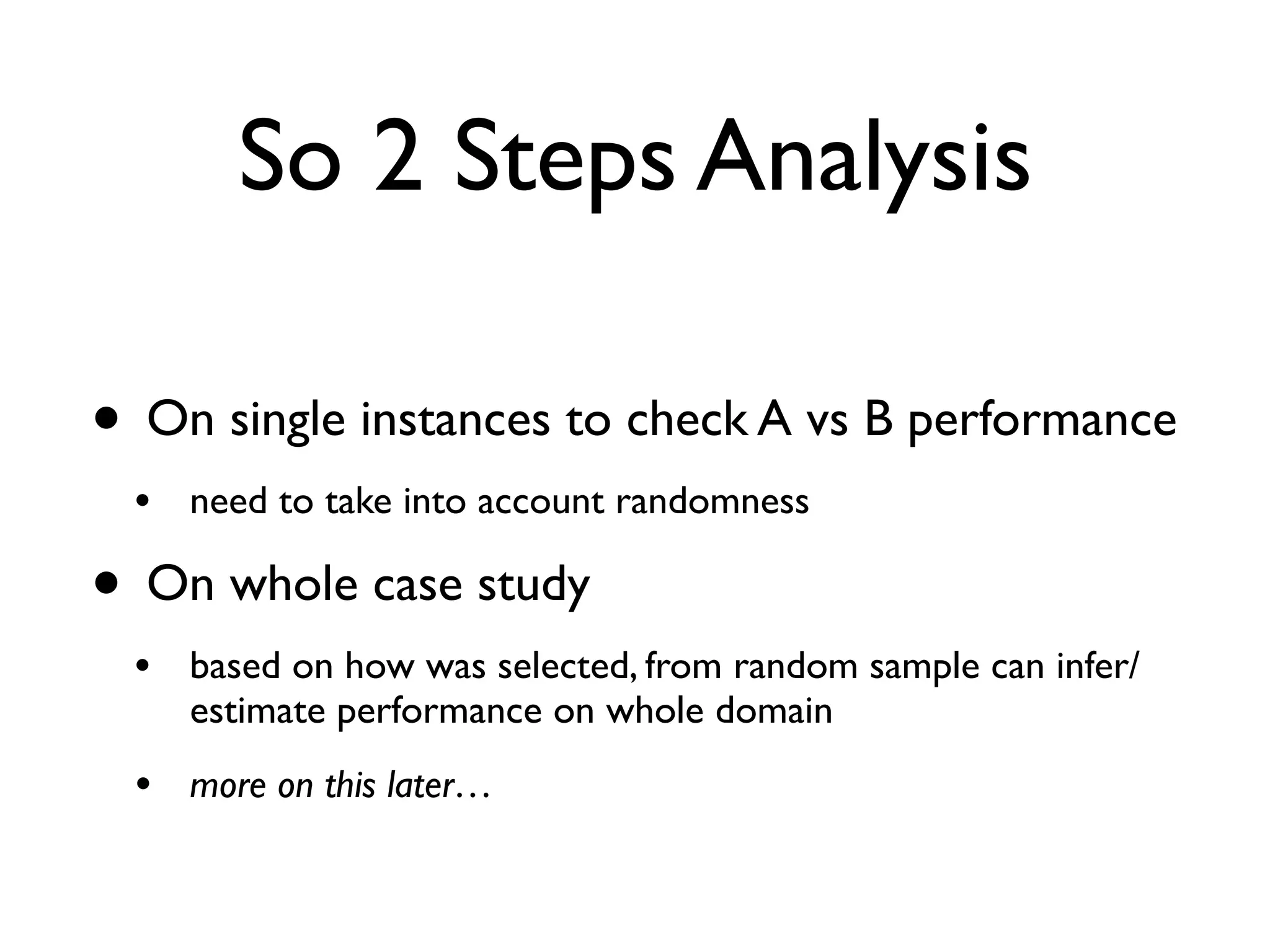



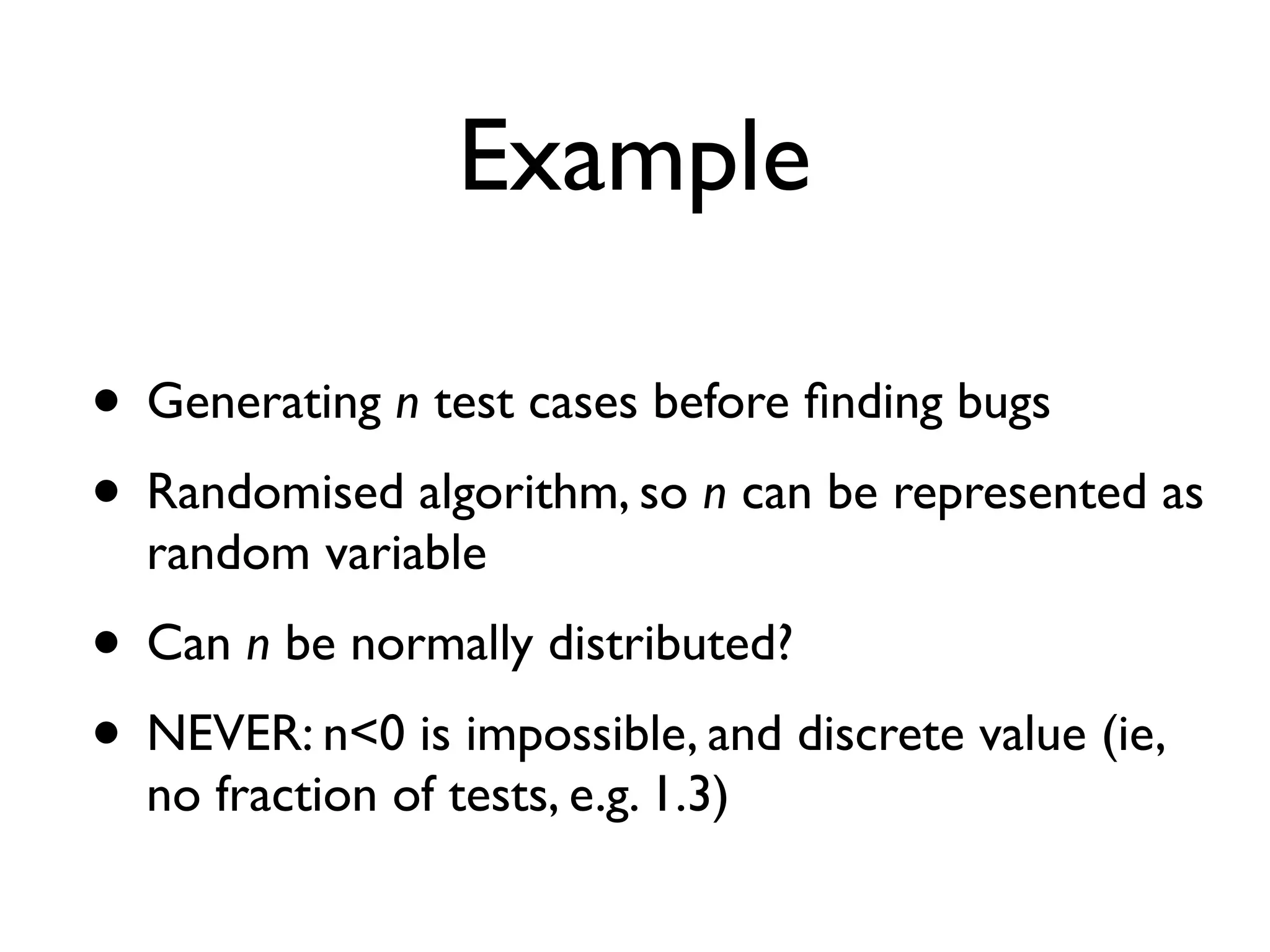



![A More Relevant Example
• Unit test generation (EvoSuite) for code coverage
• Sample 100 projects at random from SourceForge
(the SF100 corpus)
• Coverage [0%,100%] for single classes
• Average/mean coverage on the 100 projects
• recall sum of n variables divided/scaled by n](https://image.slidesharecdn.com/issta2016-160720070654/75/ISSTA-16-Summer-School-Intro-to-Statistics-50-2048.jpg)
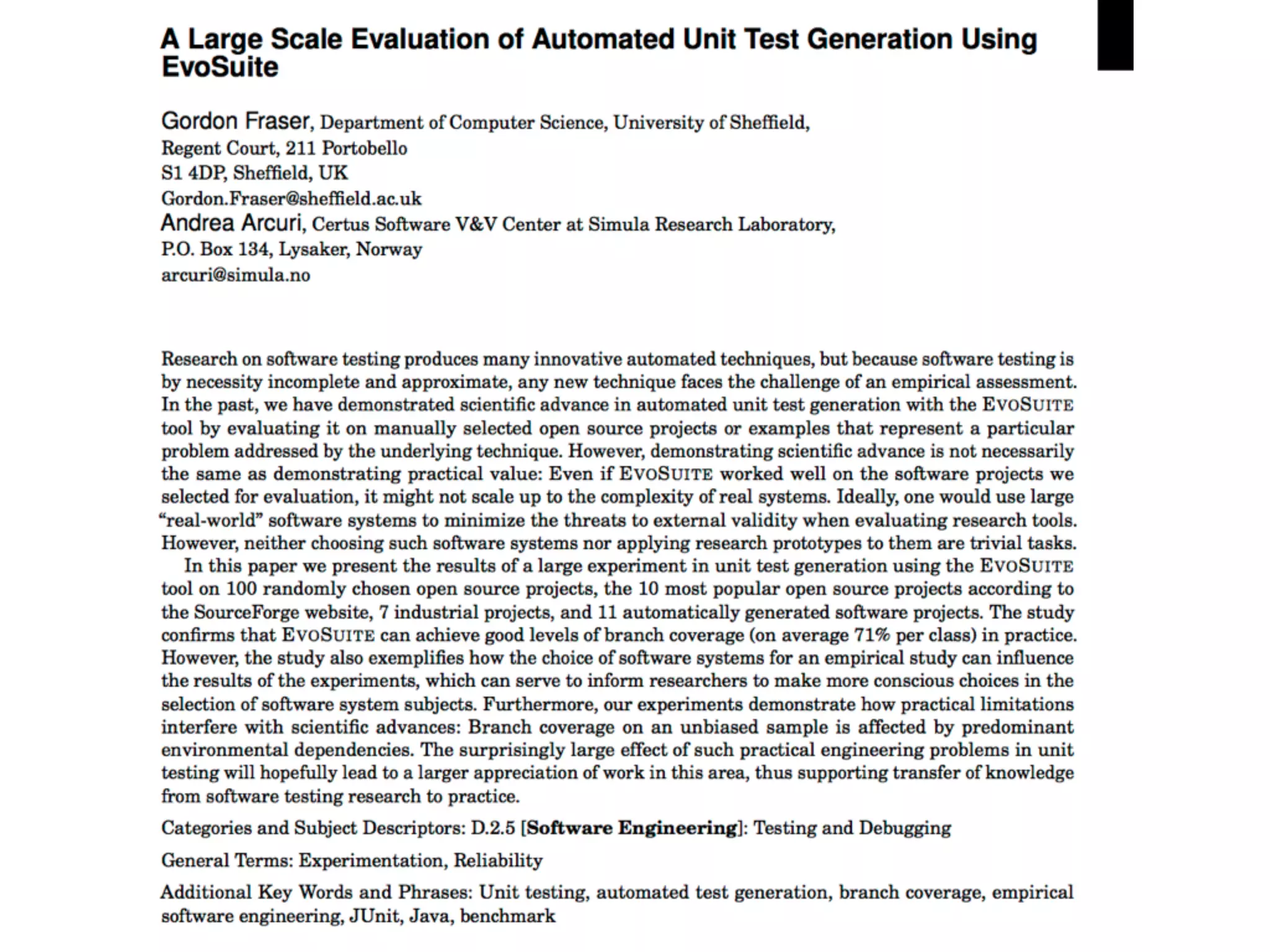







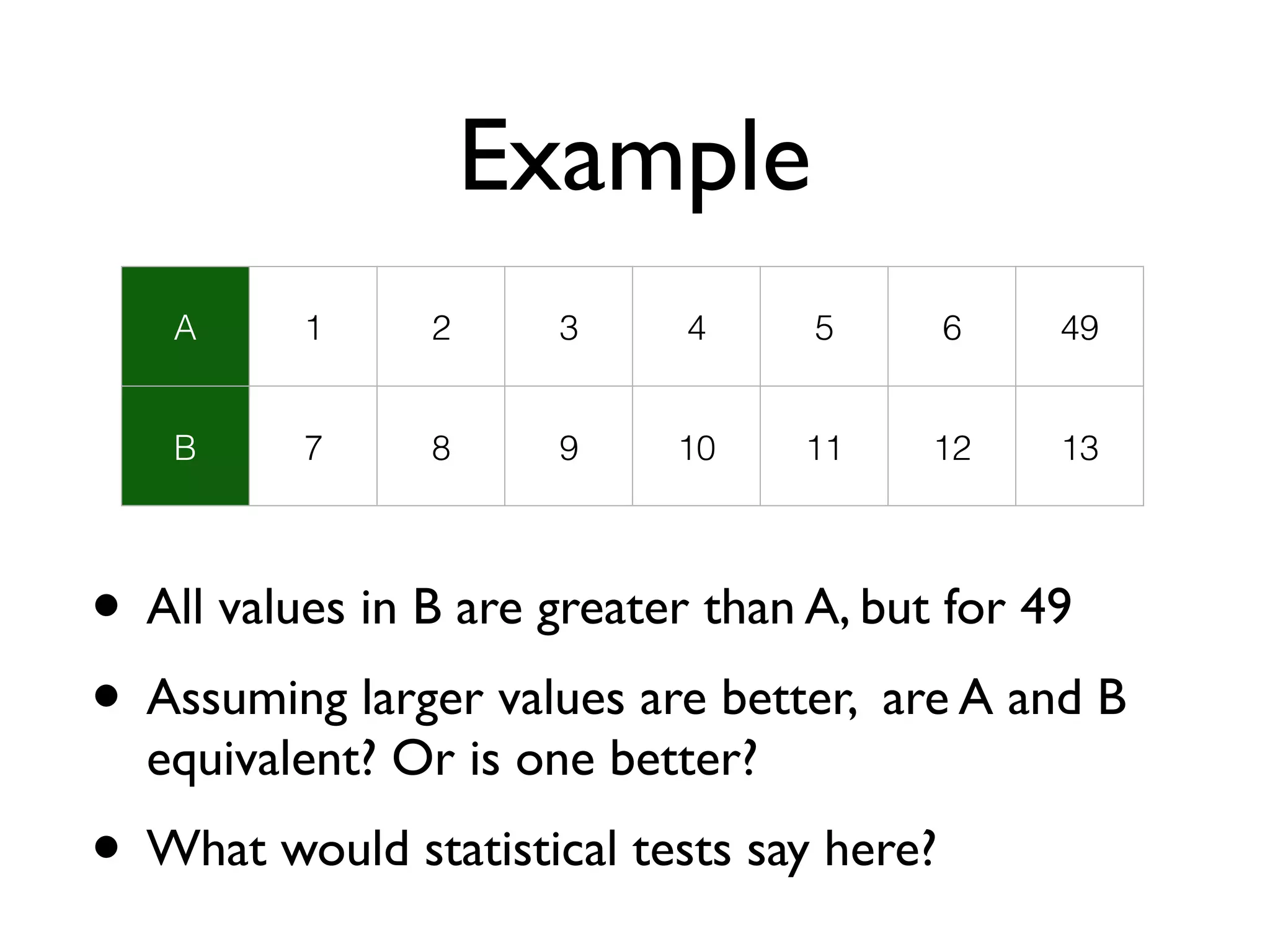
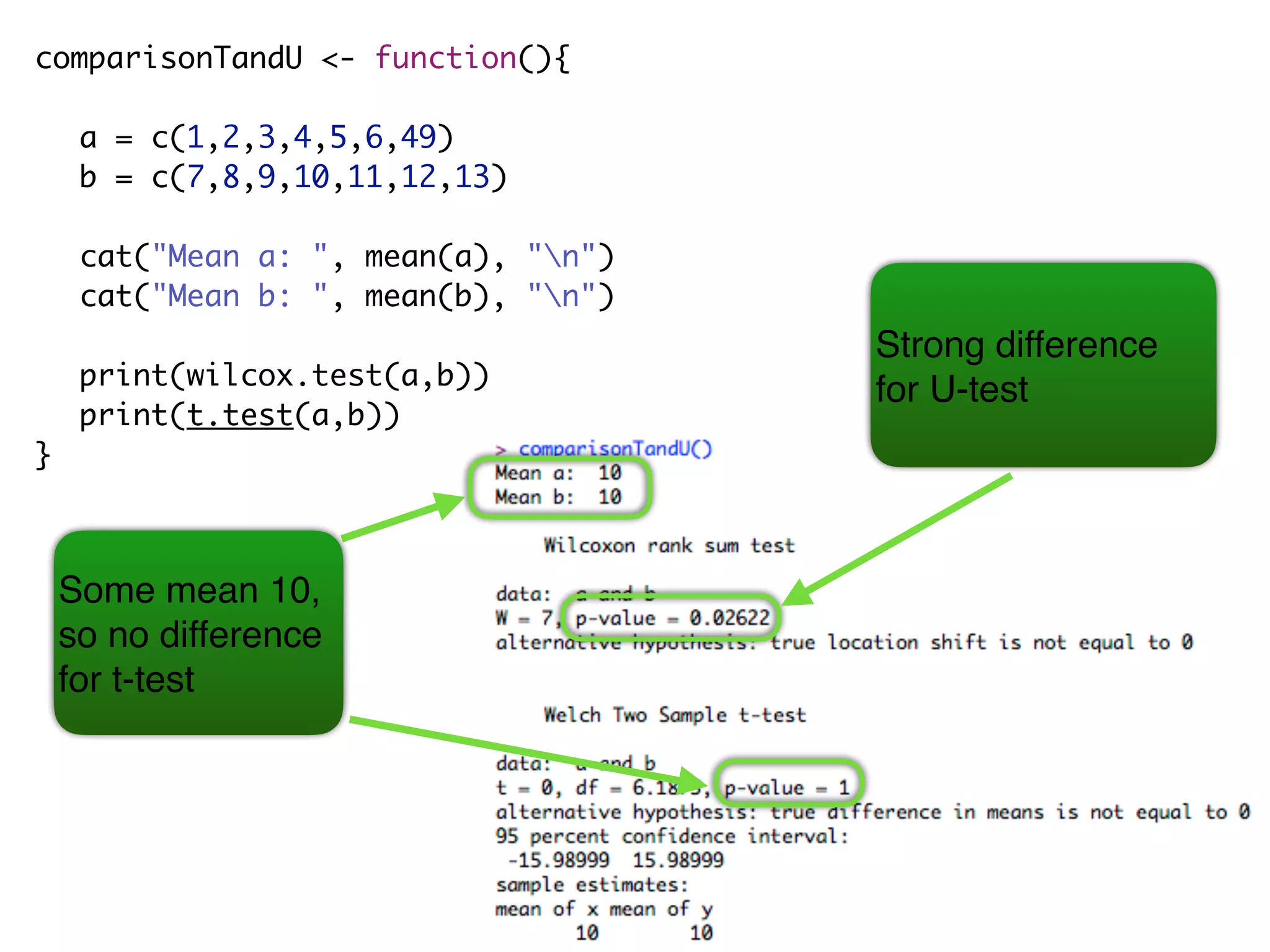
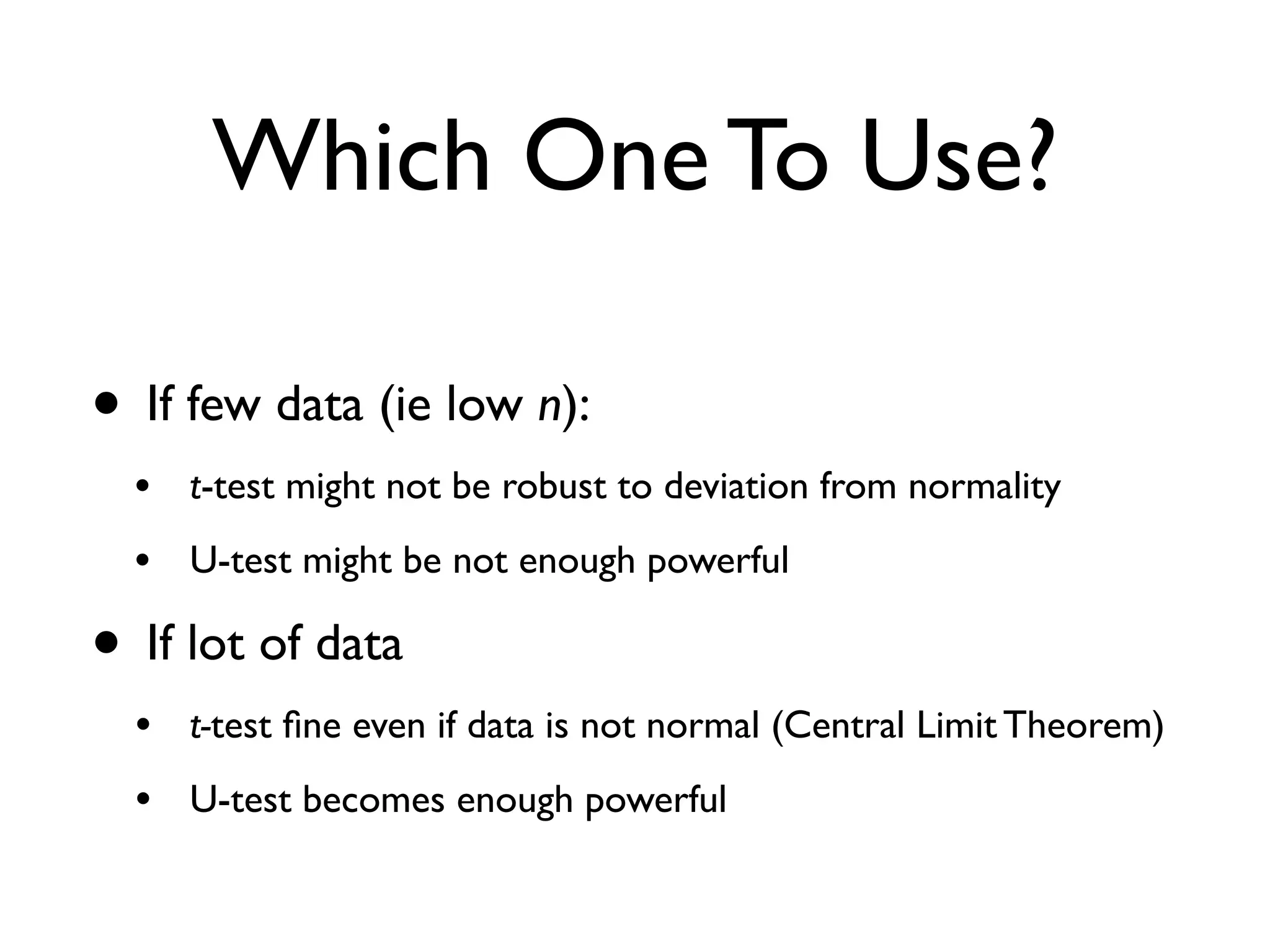

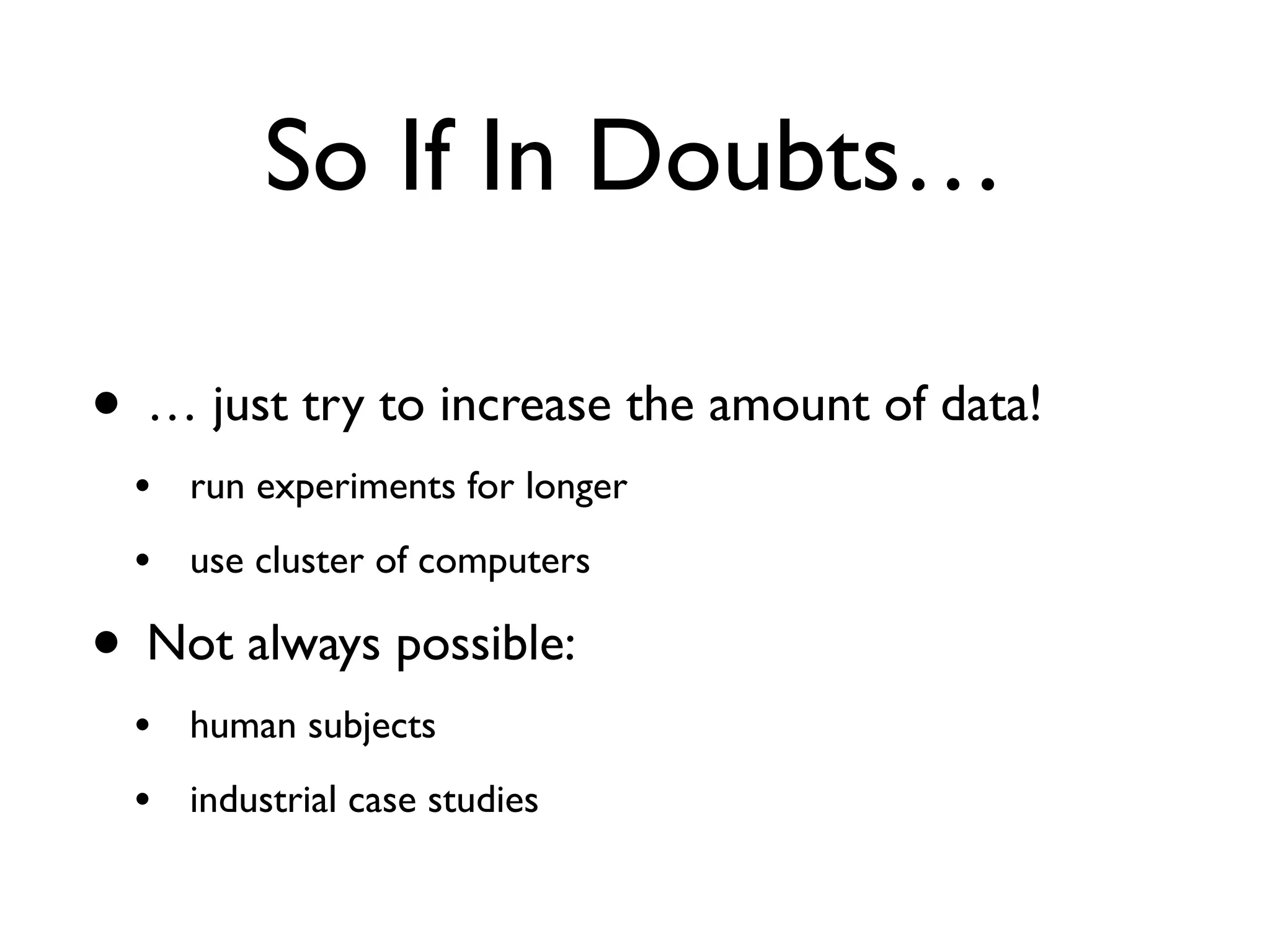
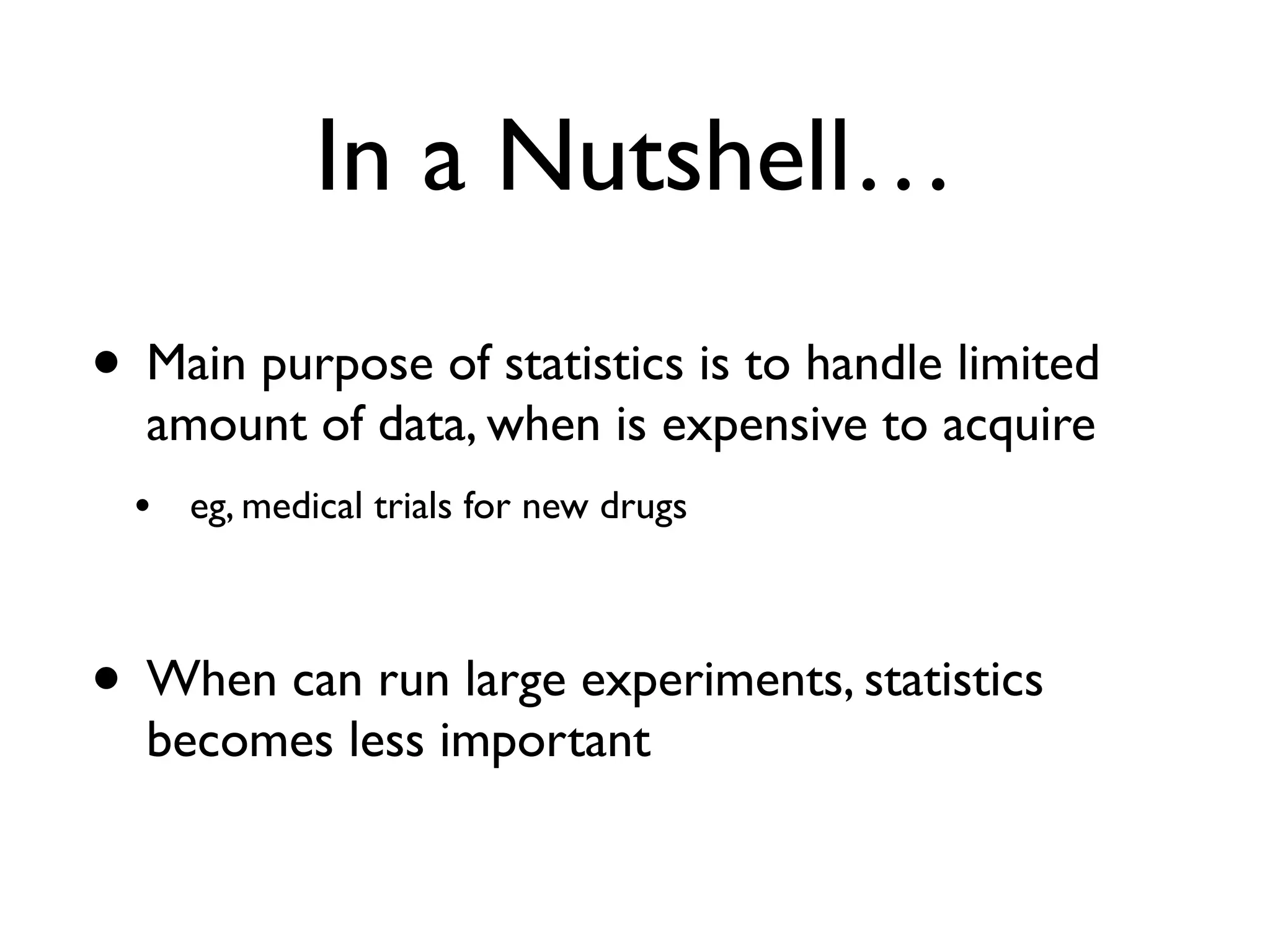

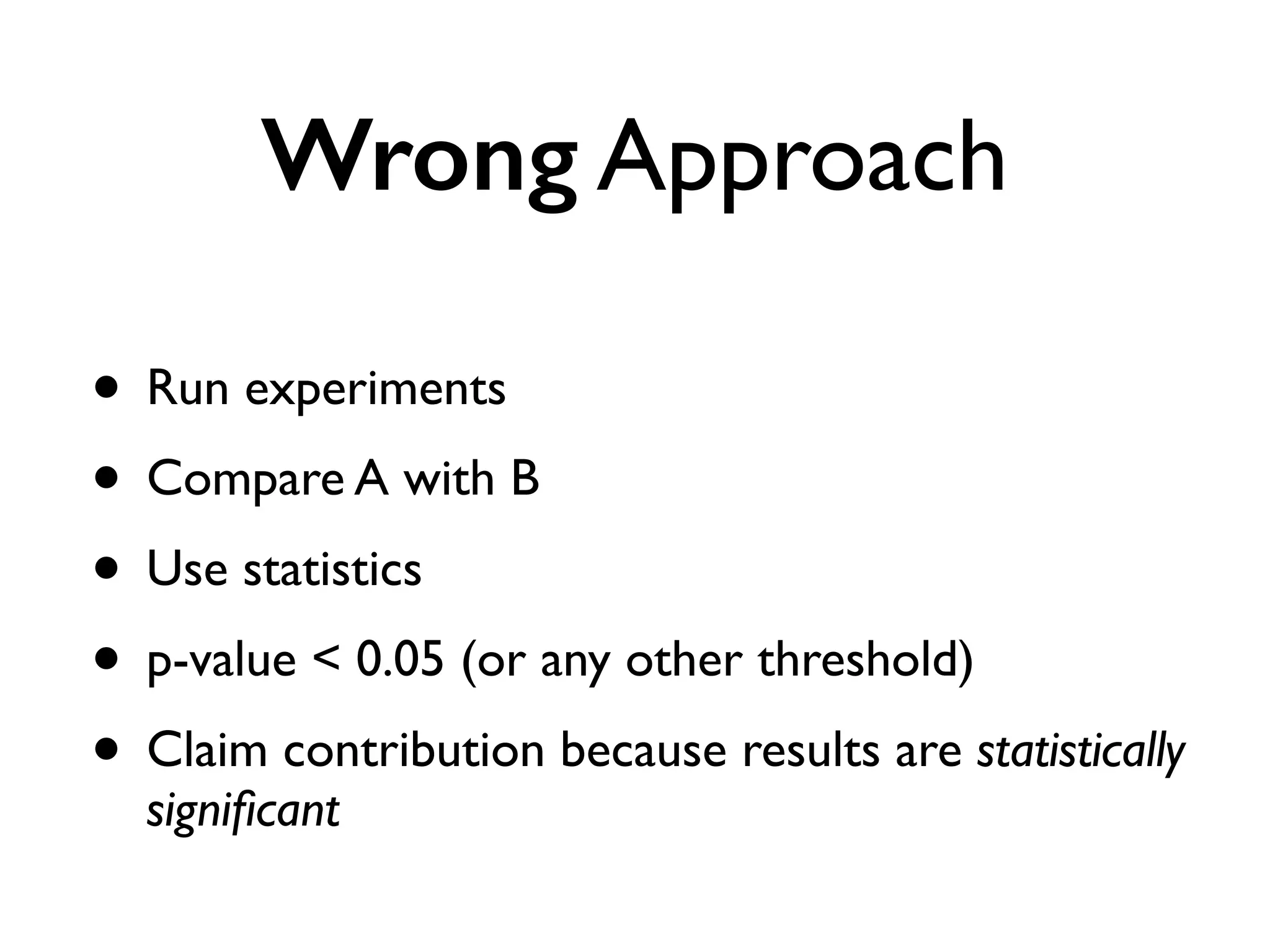
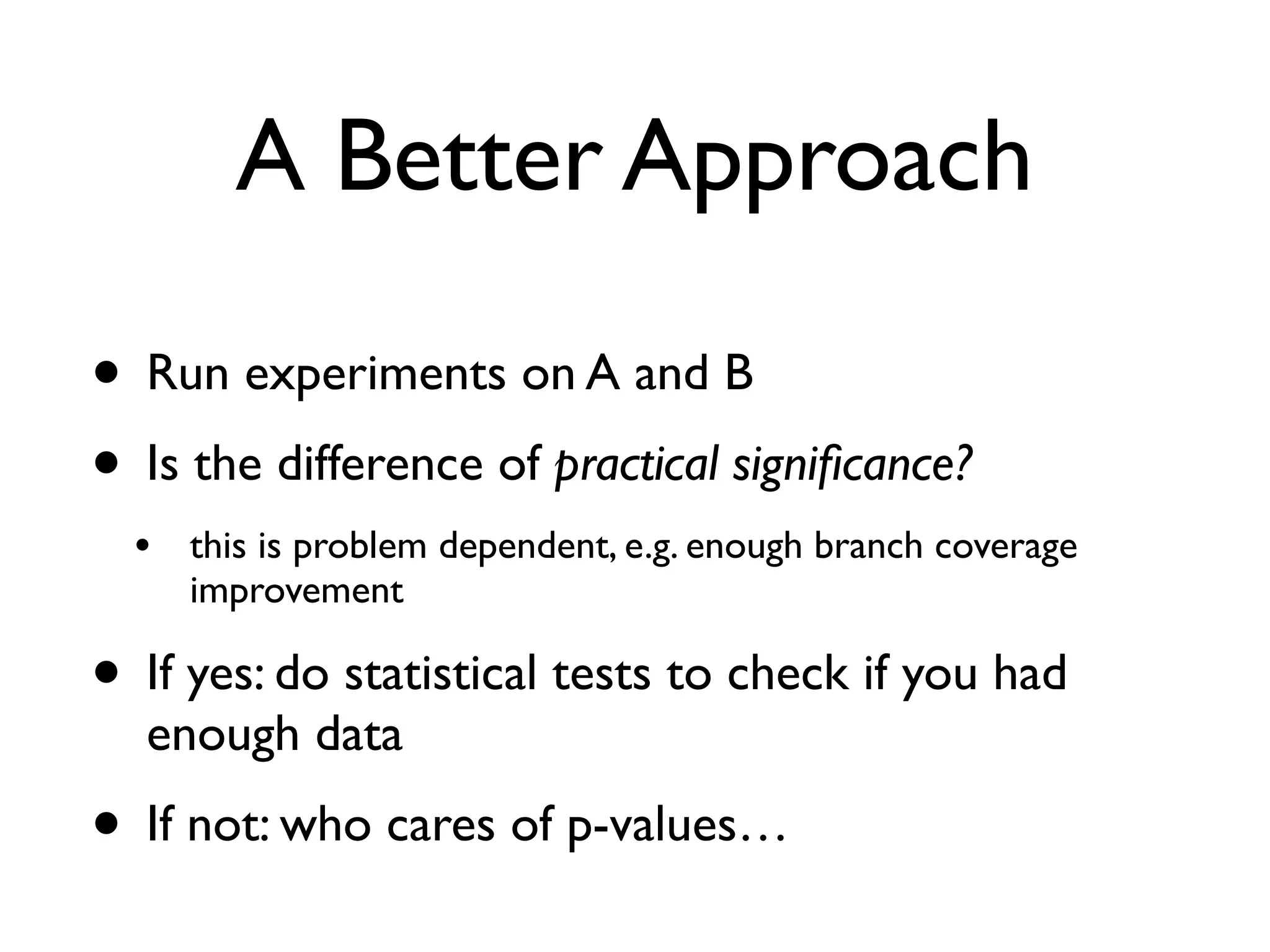
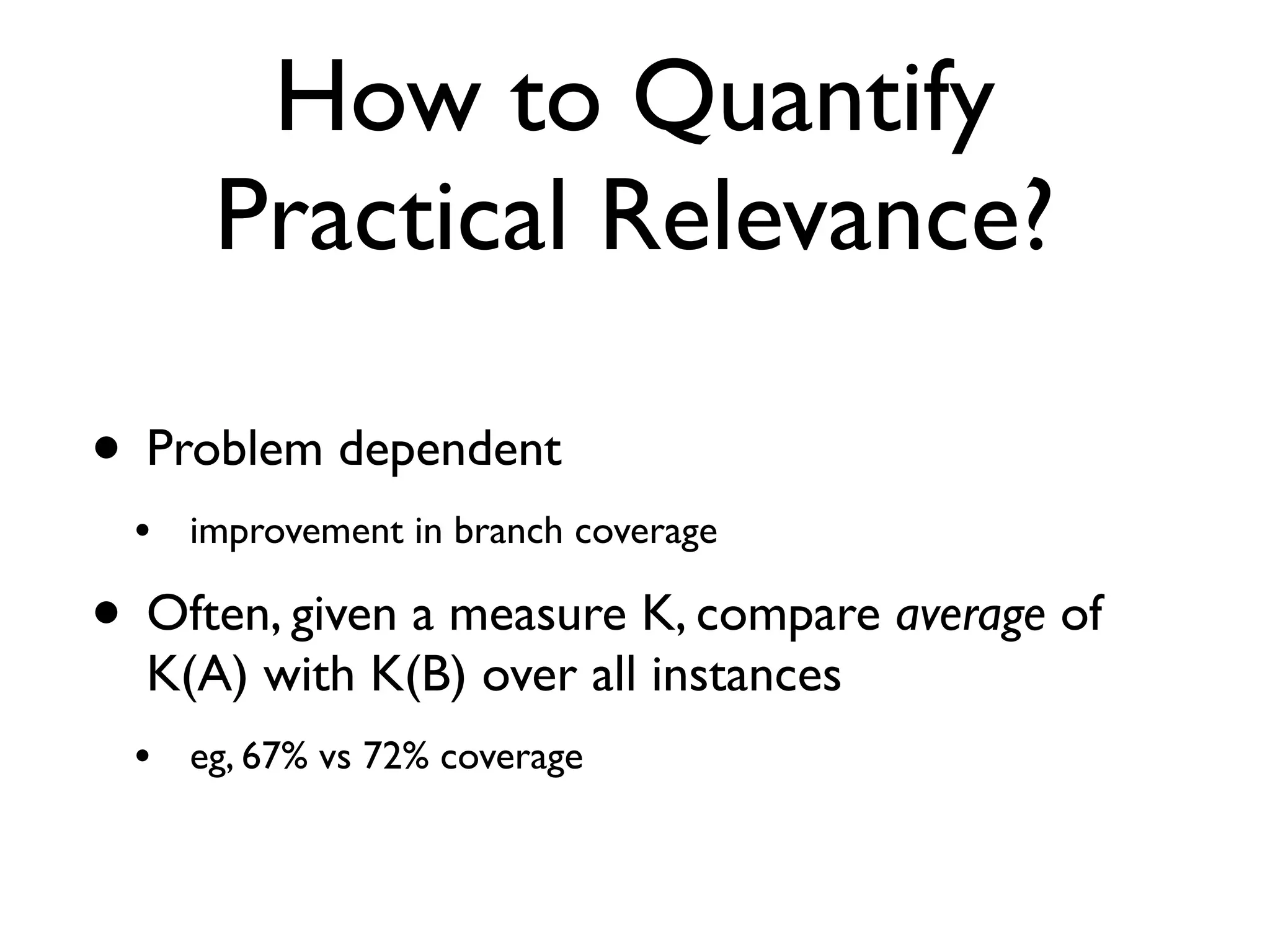
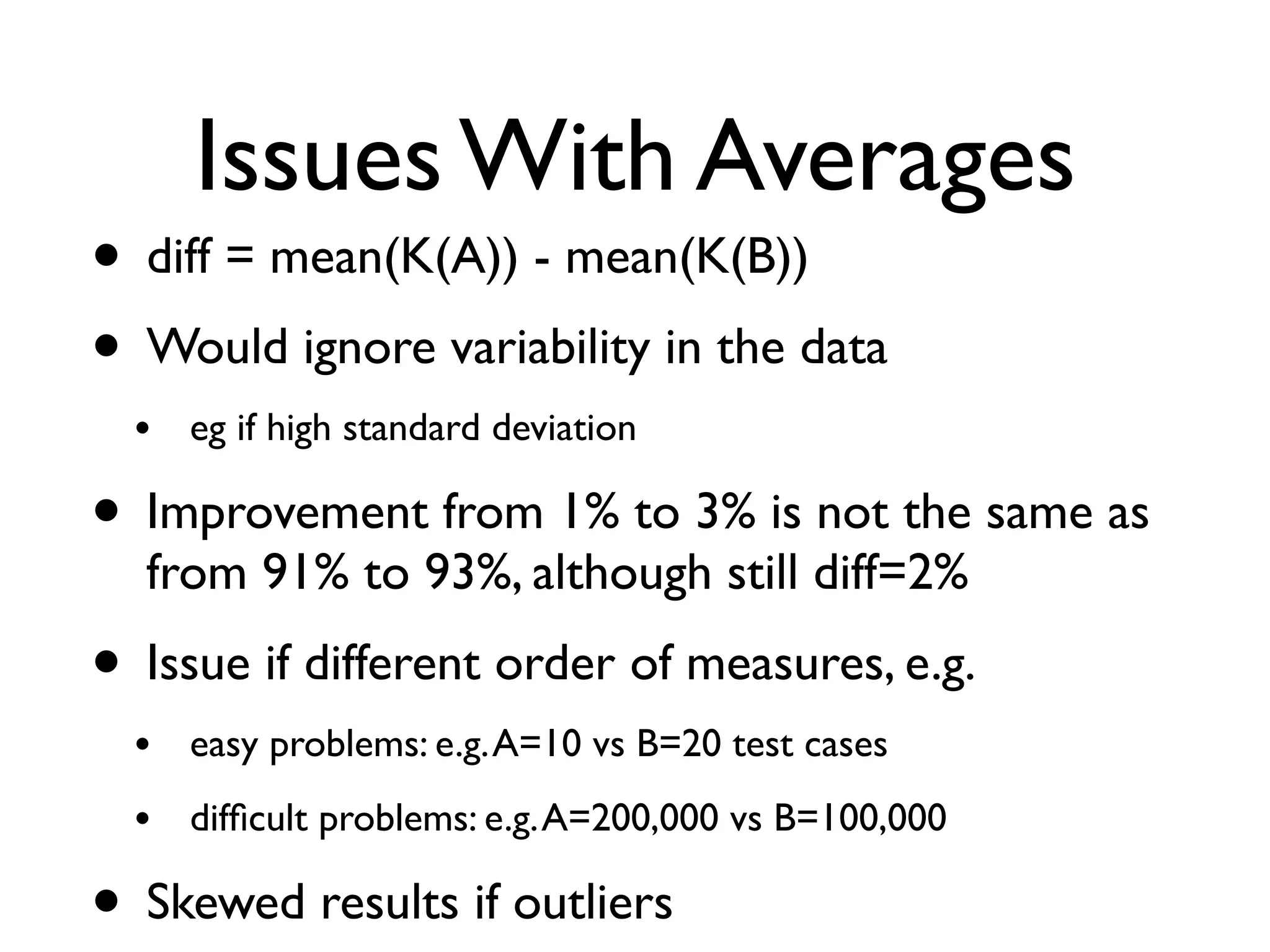
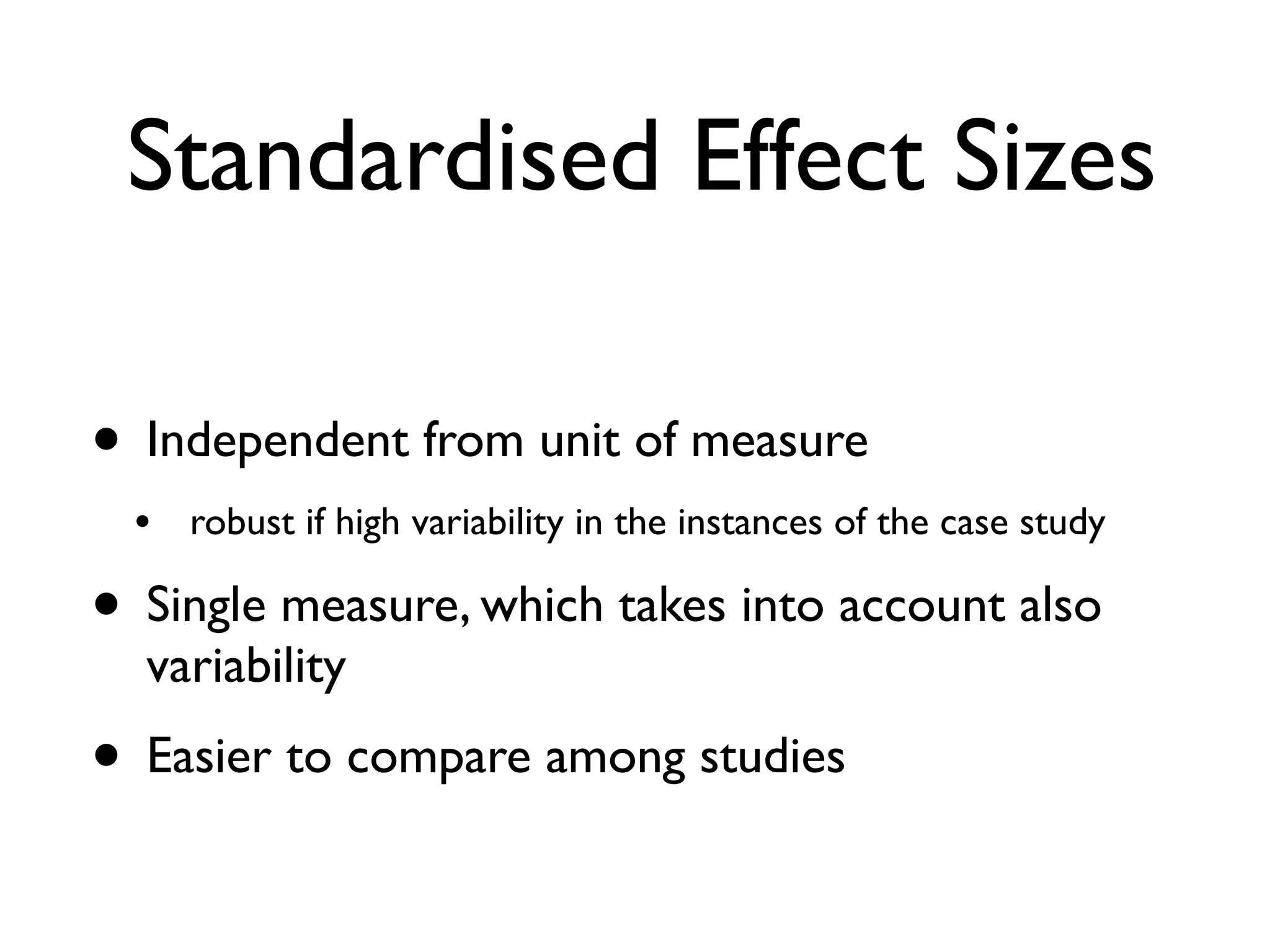
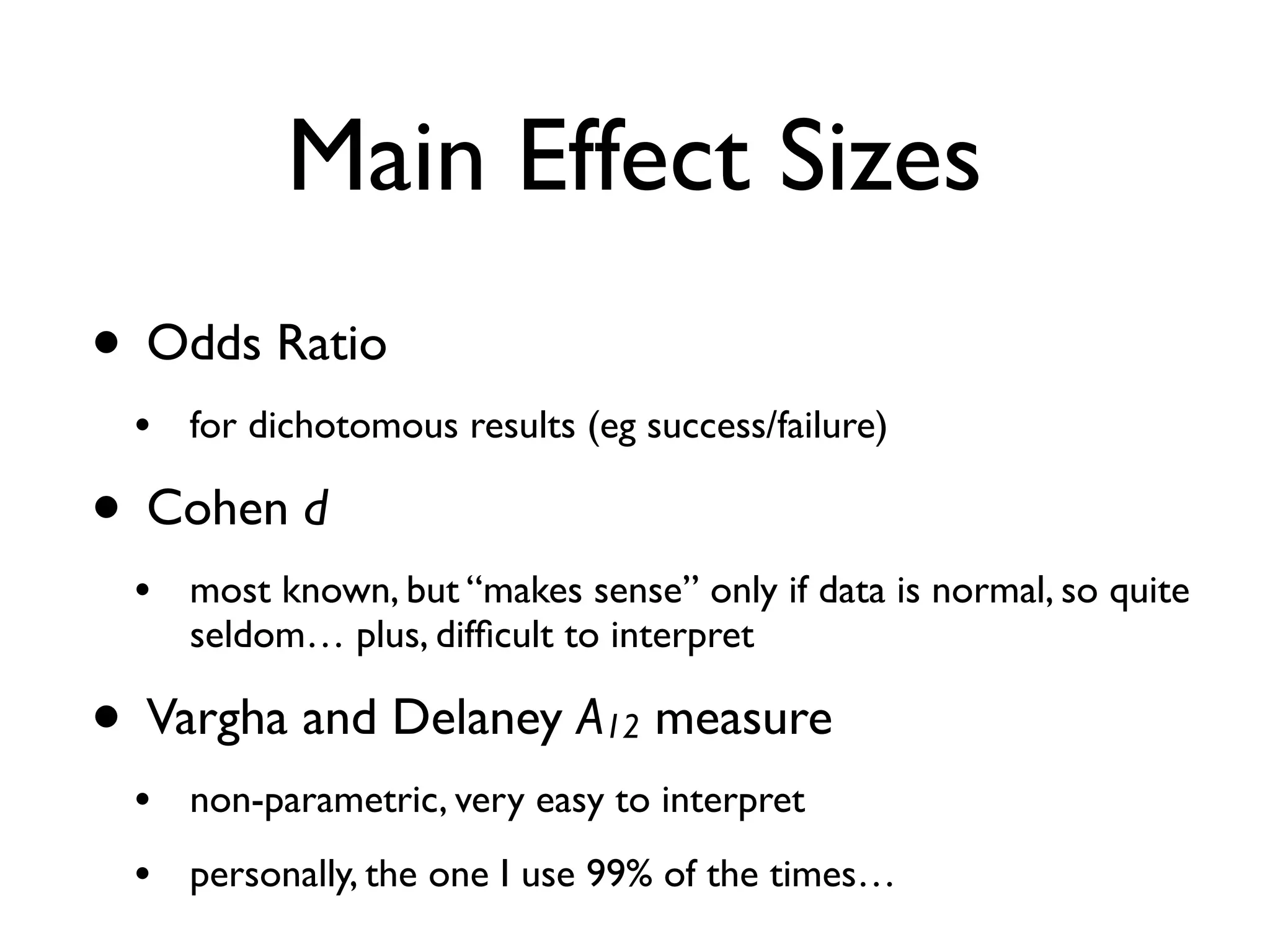
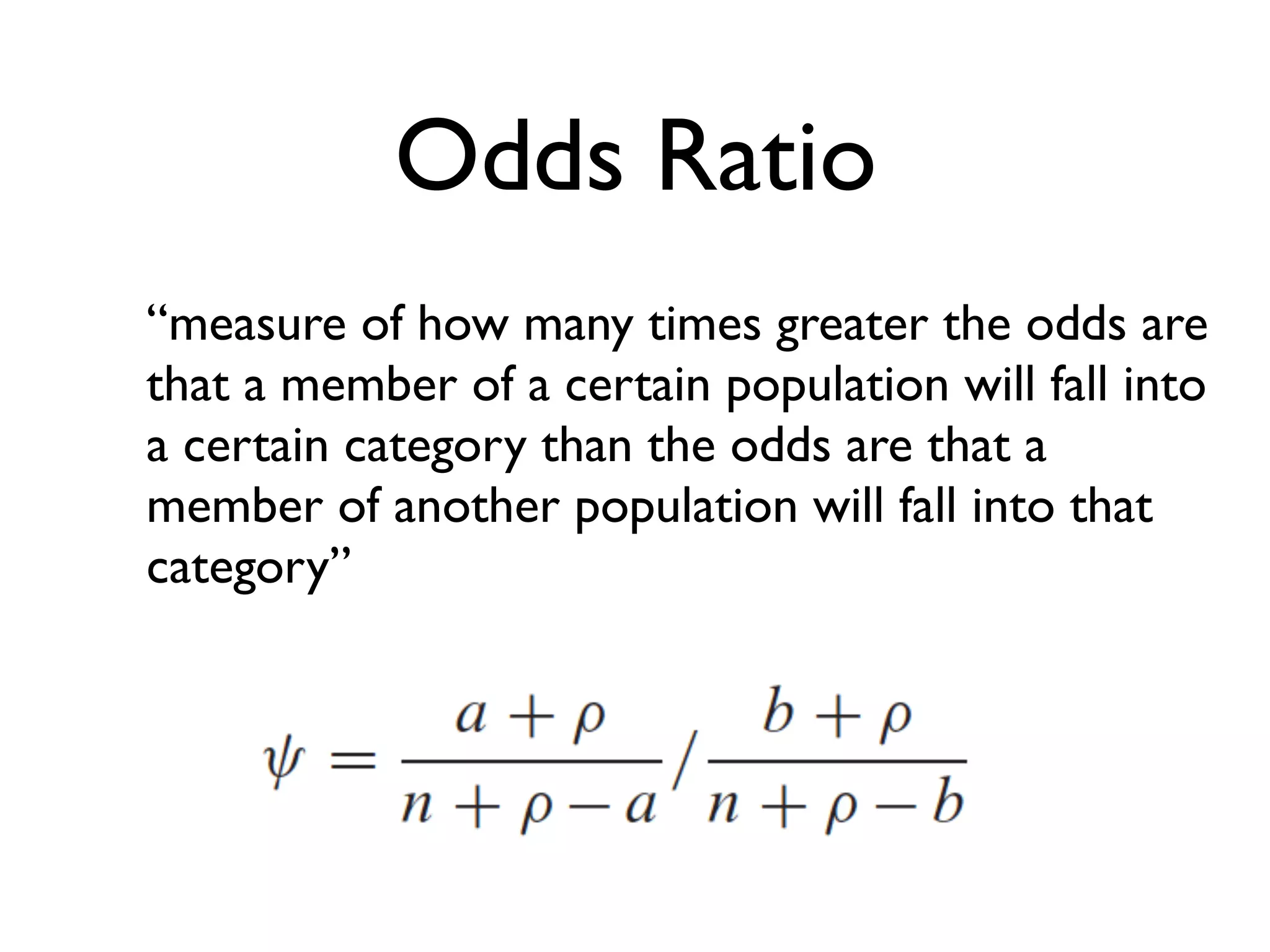
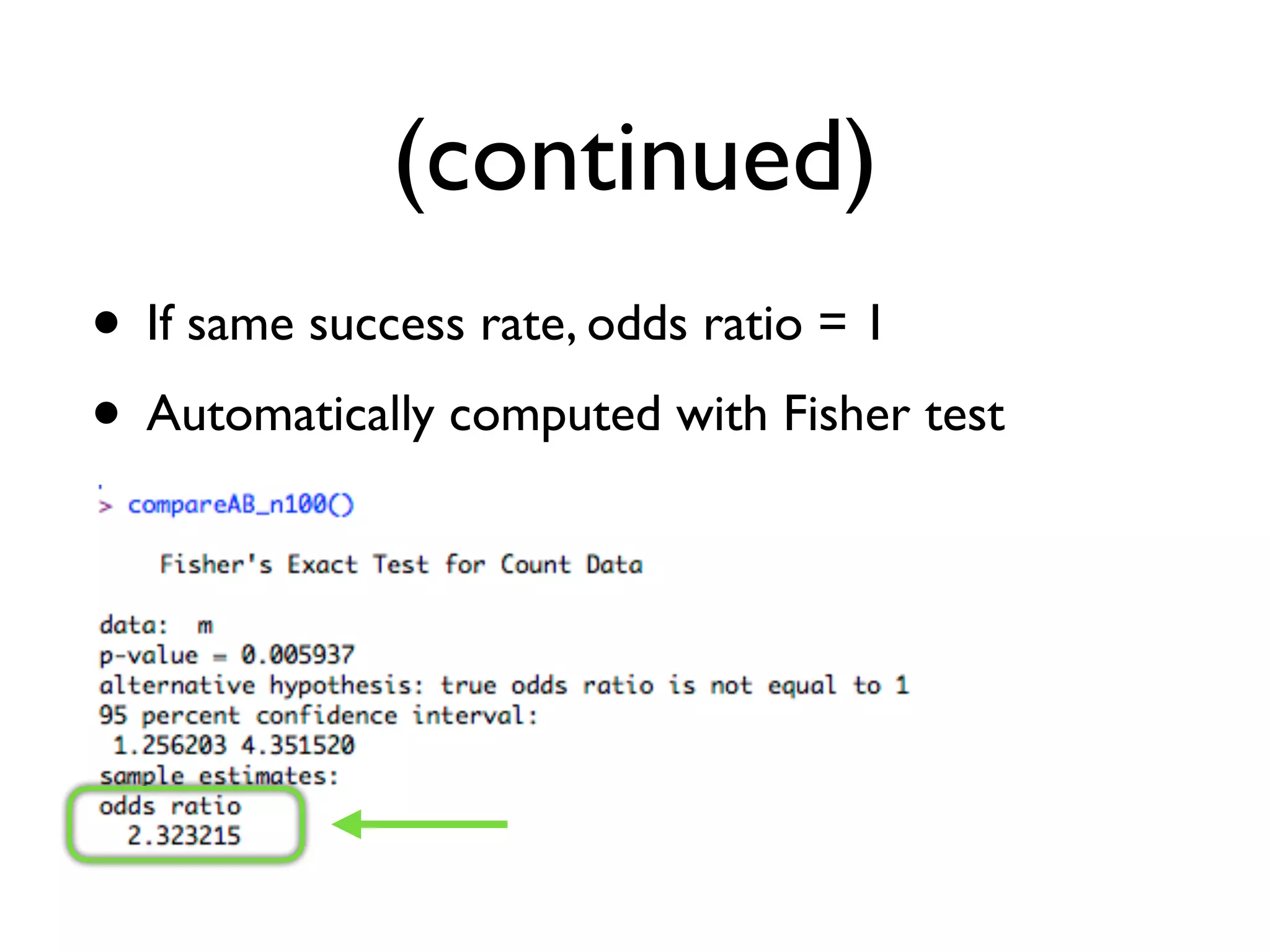



![Vargha-Delaney A Measure
• Non-parametric
• A12 defines probability [0,1] that running
algorithm (1) yields higher values than running
another algorithm (2).
• If the two algorithms are equivalent, then A12=0.5
• Eg,A12=0.7 means 70% probability that (1) gives
better results](https://image.slidesharecdn.com/issta2016-160720070654/75/ISSTA-16-Summer-School-Intro-to-Statistics-77-2048.jpg)

![R Code For A12 Measure
measureA <- function(a,b){
r = rank(c(a,b))
r1 = sum(r[seq_along(a)])
m = length(a)
n = length(b)
A = (r1/m - (m+1)/2)/n
return(A)
}](https://image.slidesharecdn.com/issta2016-160720070654/75/ISSTA-16-Summer-School-Intro-to-Statistics-79-2048.jpg)
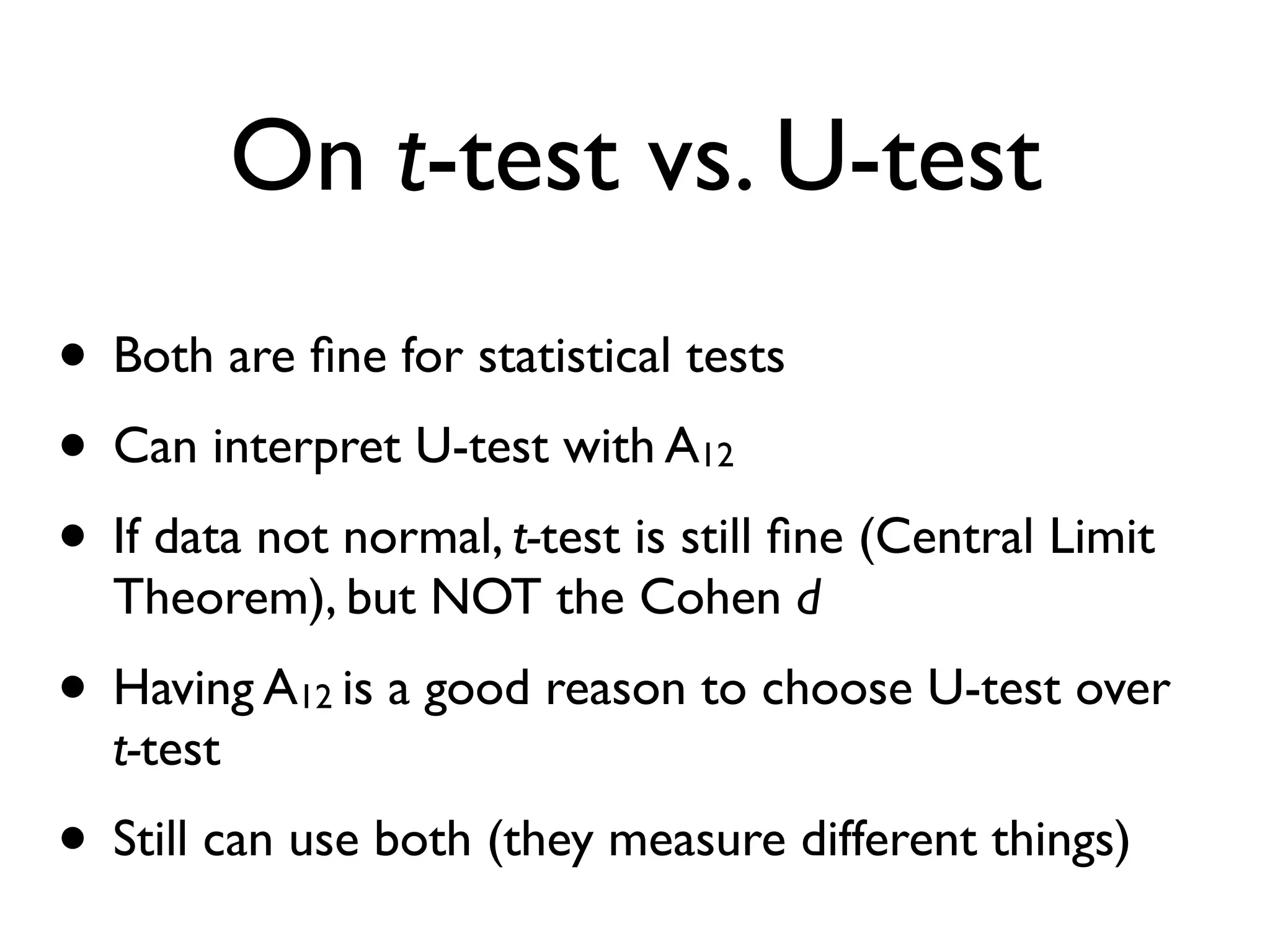

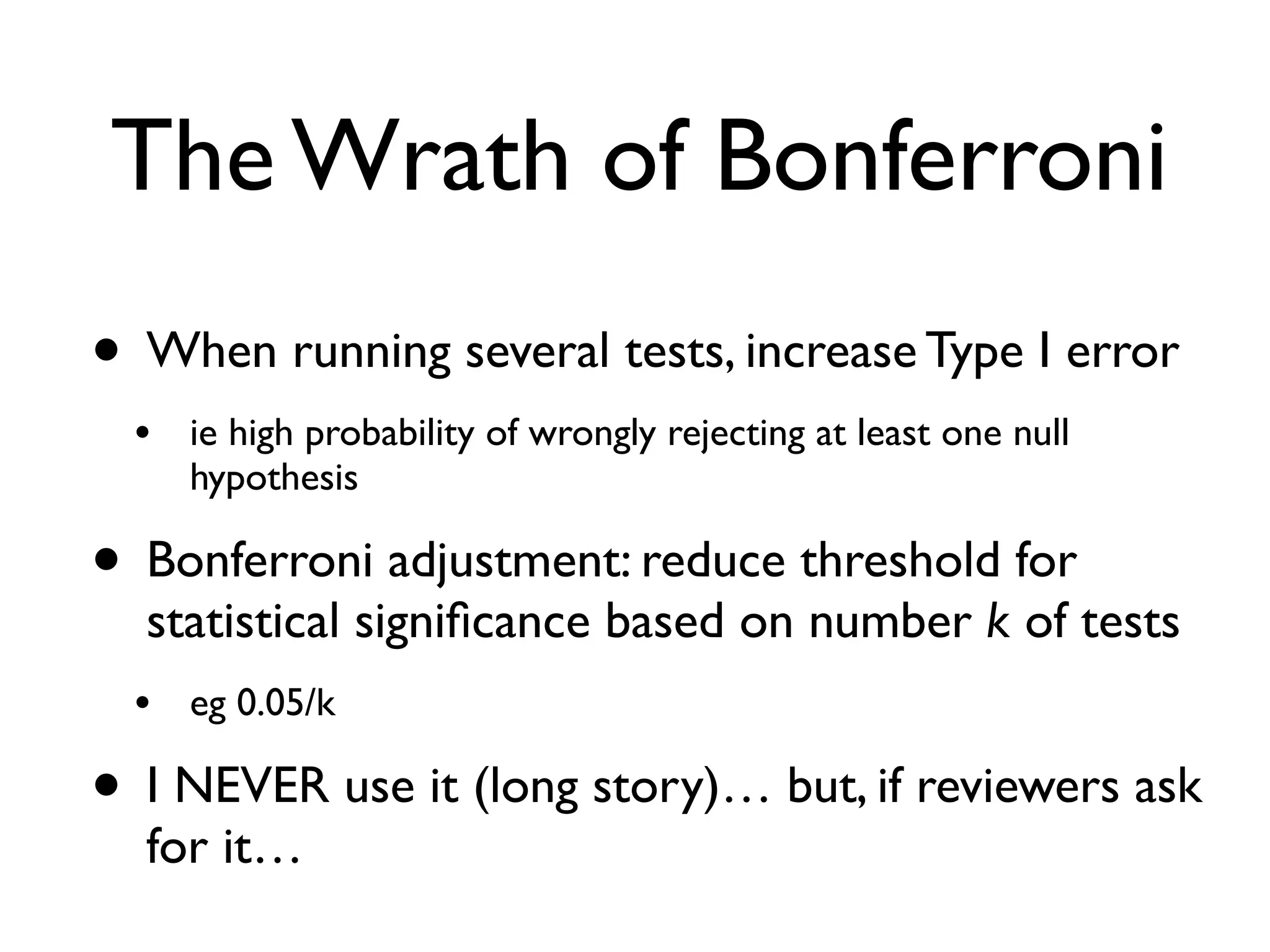

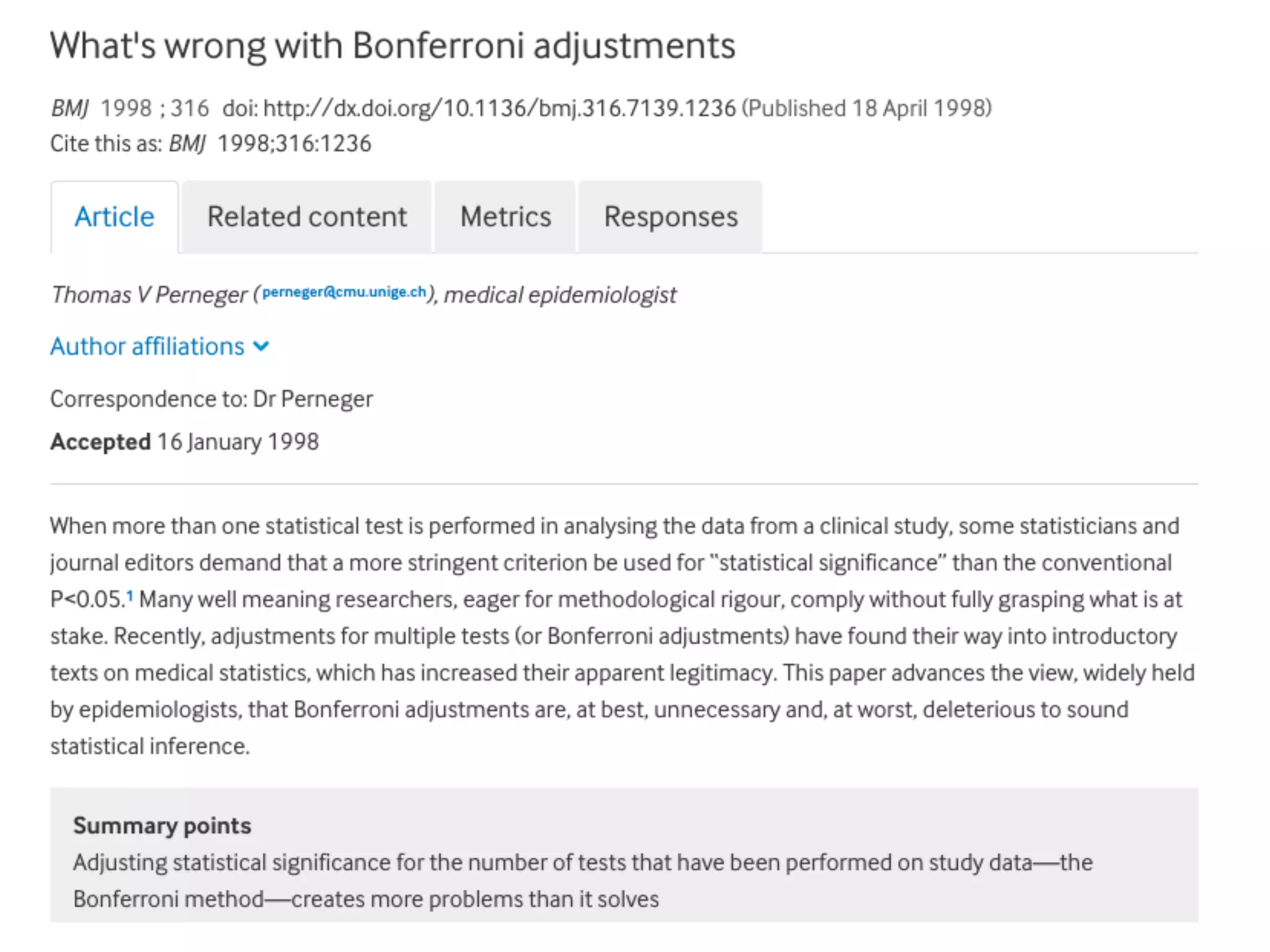
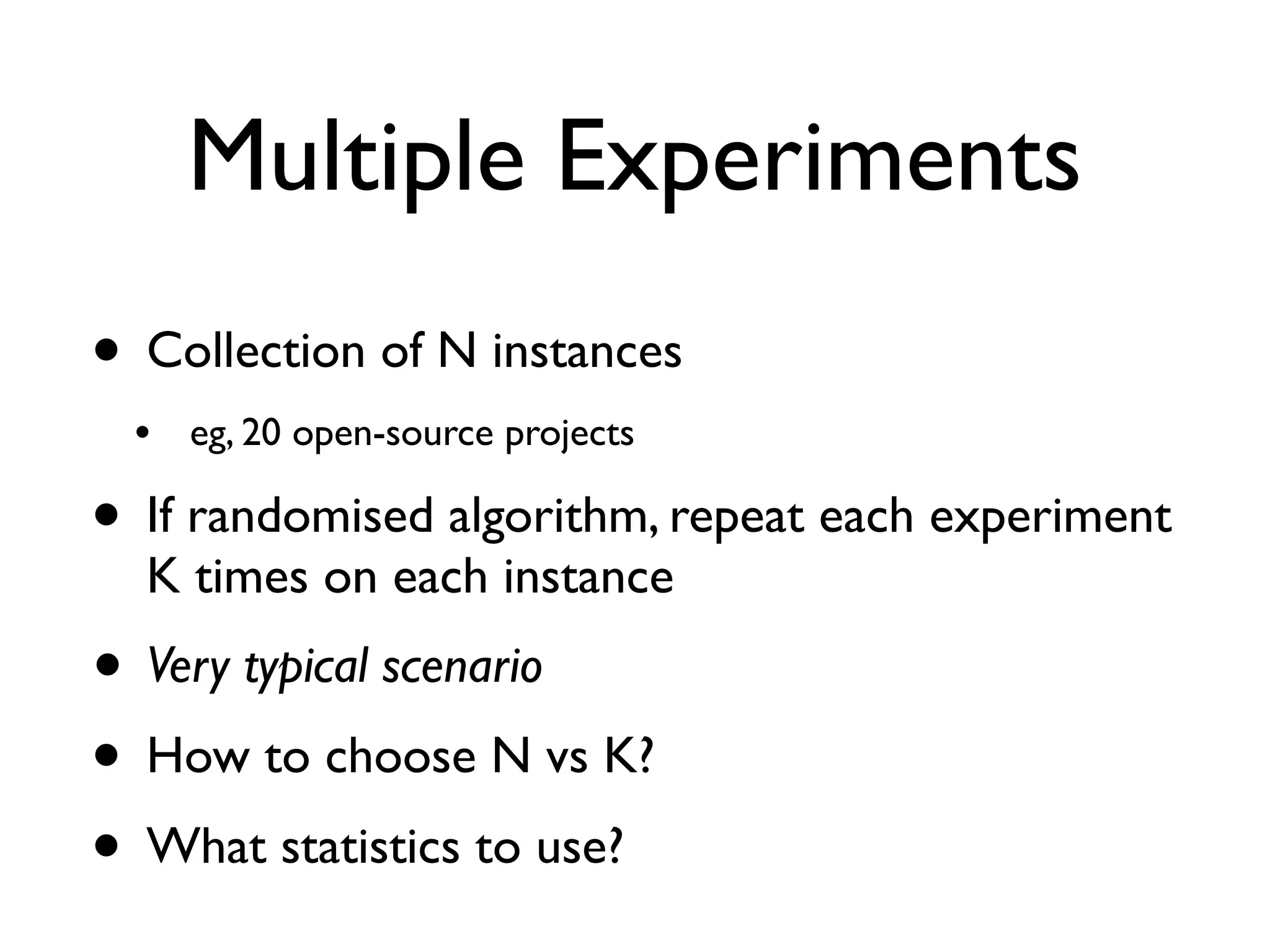


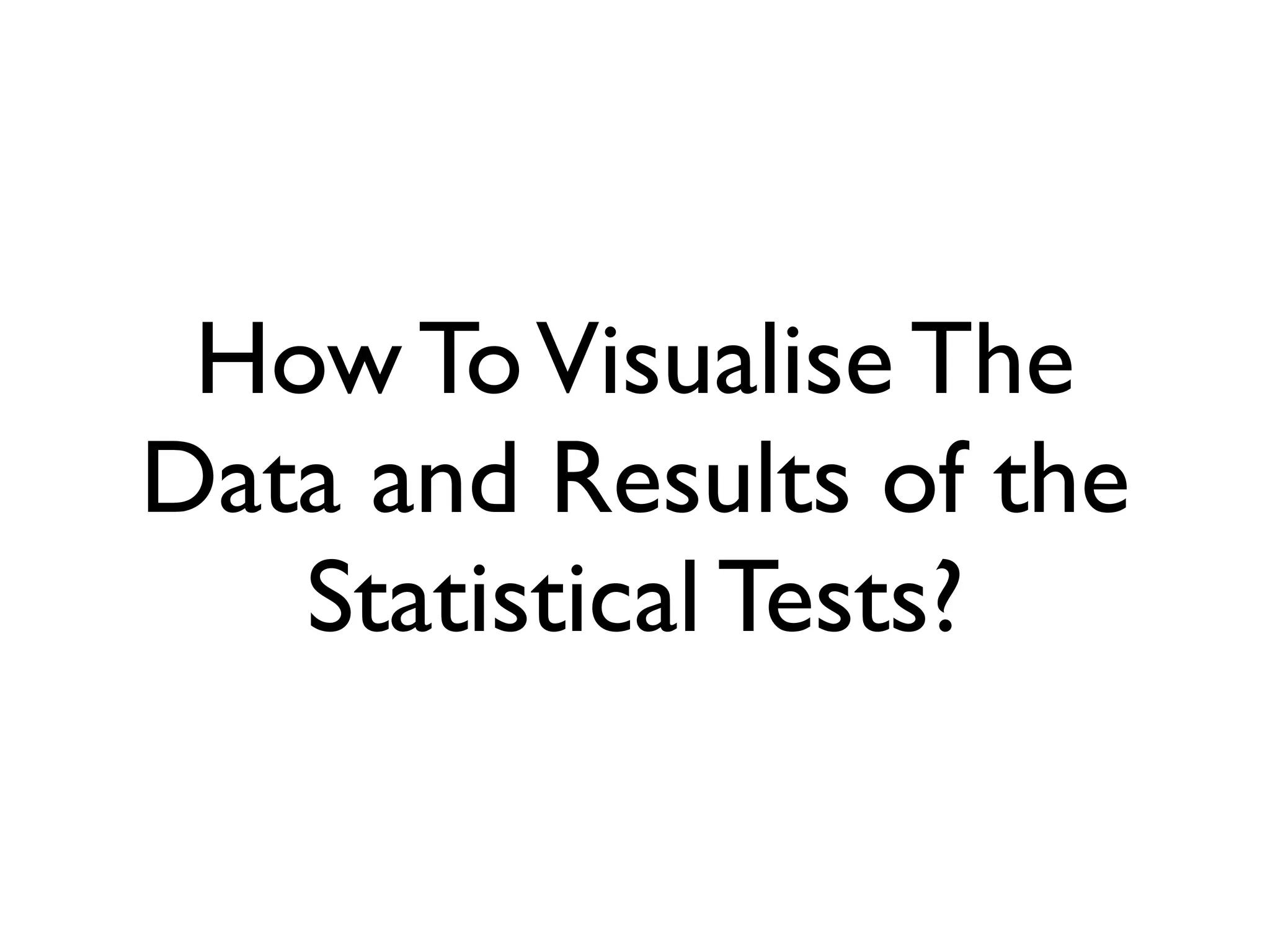
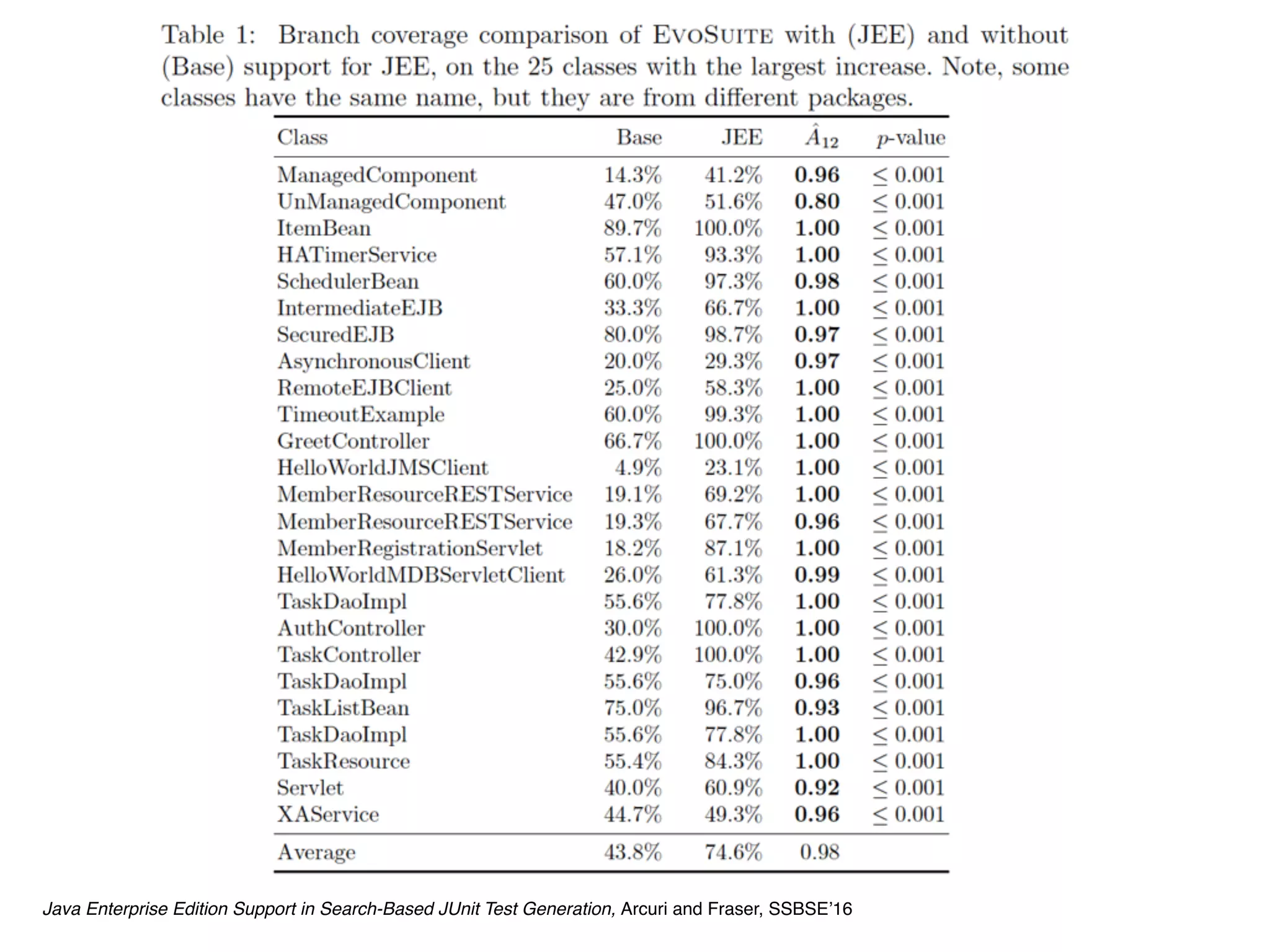


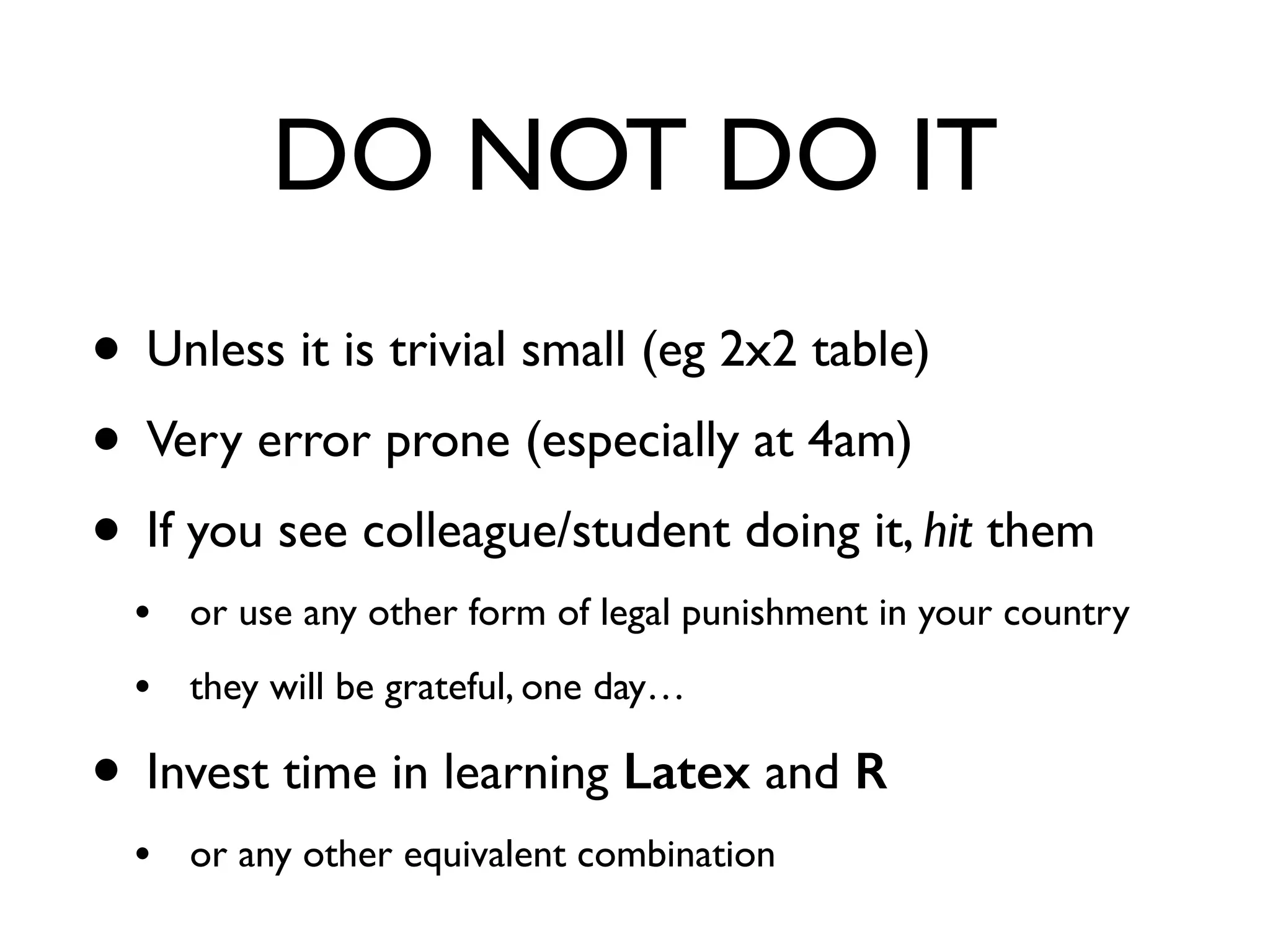
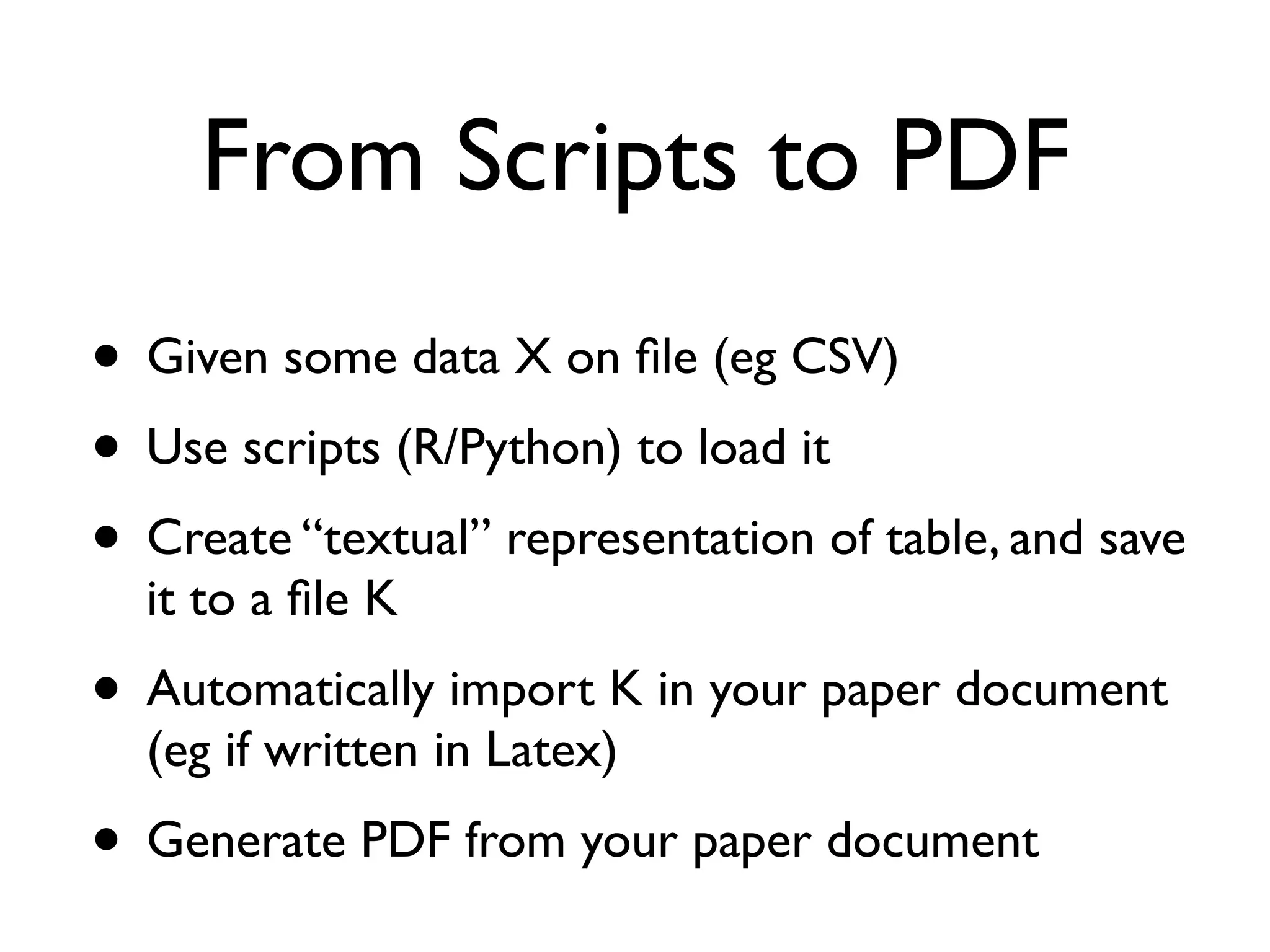
![begin{table}[t!]
centering
caption{label{table:selection}
Branch coverage comparison of evo with (JEE) and without (Base)
support for JEE, on the 25 classes with the largest increase.
Note, some classes have the same name, but they are from different
packages.
}
scalebox{0.85}{
input{generated_files/tableSelection.tex}
}
end{table}
To get a better picture of the importance of handling JEE features,
Table~ref{table:selection} shows detailed data on the 25 challenging
classes where JEE handling had most effect: On these classes, the
paper.tex](https://image.slidesharecdn.com/issta2016-160720070654/75/ISSTA-16-Summer-School-Intro-to-Statistics-94-2048.jpg)

![bestSelectionTable <- function(){
dt <- read.table(gzfile(SELECTION_ZIP_FILE),header=T)
TABLE = paste(GENERATED_FILES,"/tableSelection.tex",sep="")
unlink(TABLE)
sink(TABLE, append=TRUE, split=TRUE)
cat("begin{tabular}{ l @{hspace{0.5cm}}r@{hspace{0.5cm}}r@{hspace{0.5cm}} r@{hspace{0.5cm}}r }toprule","n")
cat("Class & Base & JEE & $hat{A}_{12}$ & $p$-value ","n")
cat("midrule","n")
Bv = c(); Fv = c(); Av = c()
selection = getBestClassesSelection(dt,25)
projects = sort(unique(dt$group_id))
for(proj in projects){
classes = unique(dt$TARGET_CLASS[dt$group_id==proj])
classes = sort(classes[areInTheSubset(classes,selection)])
for(cl in classes){
mask = dt$group_id==proj & dt$TARGET_CLASS==cl
base = dt$BranchCoverage[mask & dt$configuration_id=="Base"]
pafm = dt$BranchCoverage[mask & dt$configuration_id=="JEE"]
a12 = measureA(pafm,base)
w = wilcox.test(base,pafm,exact=FALSE,paired=FALSE)
pv = w$p.value
if(is.nan(pv)) {pv = 1}
stat = pv < 0.05
if(pv < 0.001){ pv = "le 0.001"
} else { pv = formatC(pv,digits=3,format="f")}
cat(getClassName(cl))
cat(" & “); cat(formatC(100*mean(base),digits=1,format="f"),"%",sep="")
cat(" & “); cat(formatC(100*mean(pafm),digits=1,format="f"),"%",sep="")
a12Formatted = formatC(a12,digits=2,format="f")
cat(" & ")
if(!stat) {
cat(a12Formatted, " & ")
cat("$",pv,"$",sep="")
} else {
cat("{bf ",a12Formatted,"} & ",sep="")
cat("{bf $",pv,"$}",sep="")
}
cat(" n")
Bv = c(mean(base),Bv)
Fv = c(mean(pafm),Fv)
Av = c(a12,Av)
}
}
cat("midrule","n")
avgB = paste(formatC(100*mean(Bv),digits=1,format="f"),"%",sep="")
avgF = paste(formatC(100*mean(Fv),digits=1,format="f"),"%",sep="")
avgA = formatC(mean(Av),digits=2,format="f")
cat("Average & ", avgB," & ",avgF," & ",avgA," & n")
cat("bottomrule","n")
cat("end{tabular}","n")
sink()
}
analyze.R
actual statistics is
just couple of lines](https://image.slidesharecdn.com/issta2016-160720070654/75/ISSTA-16-Summer-School-Intro-to-Statistics-96-2048.jpg)


